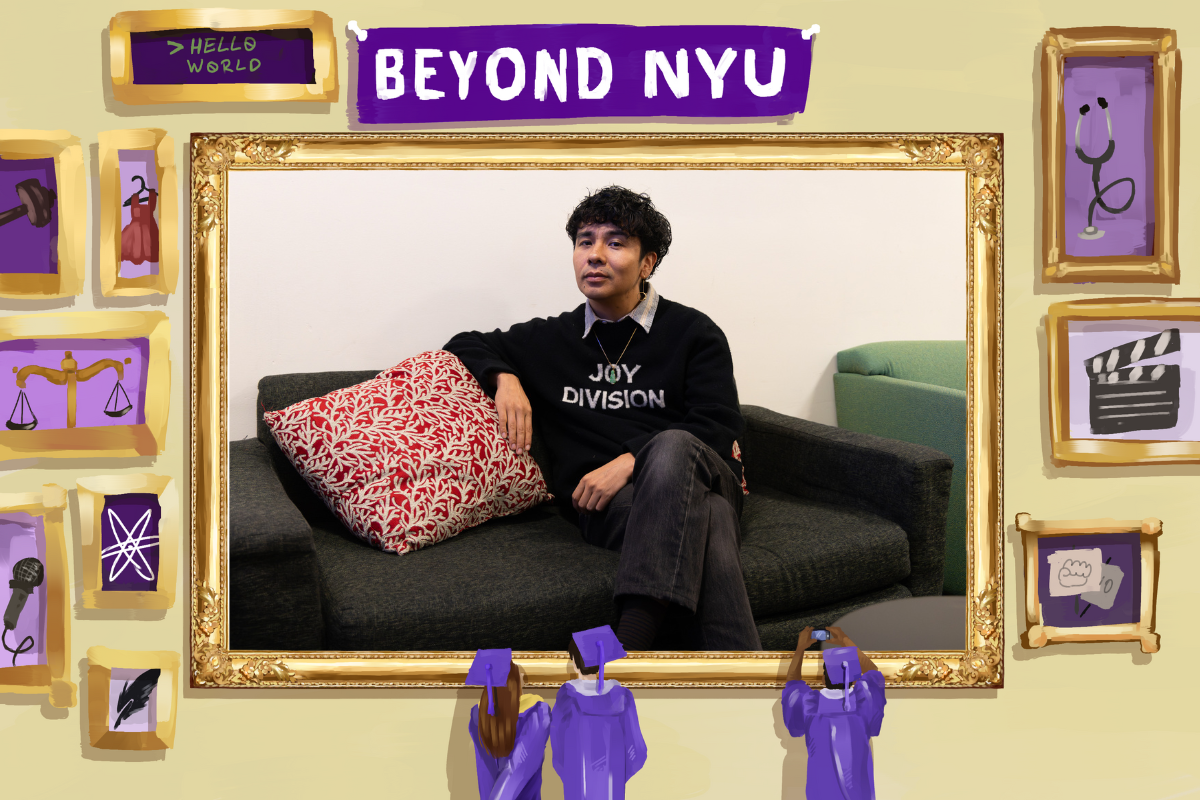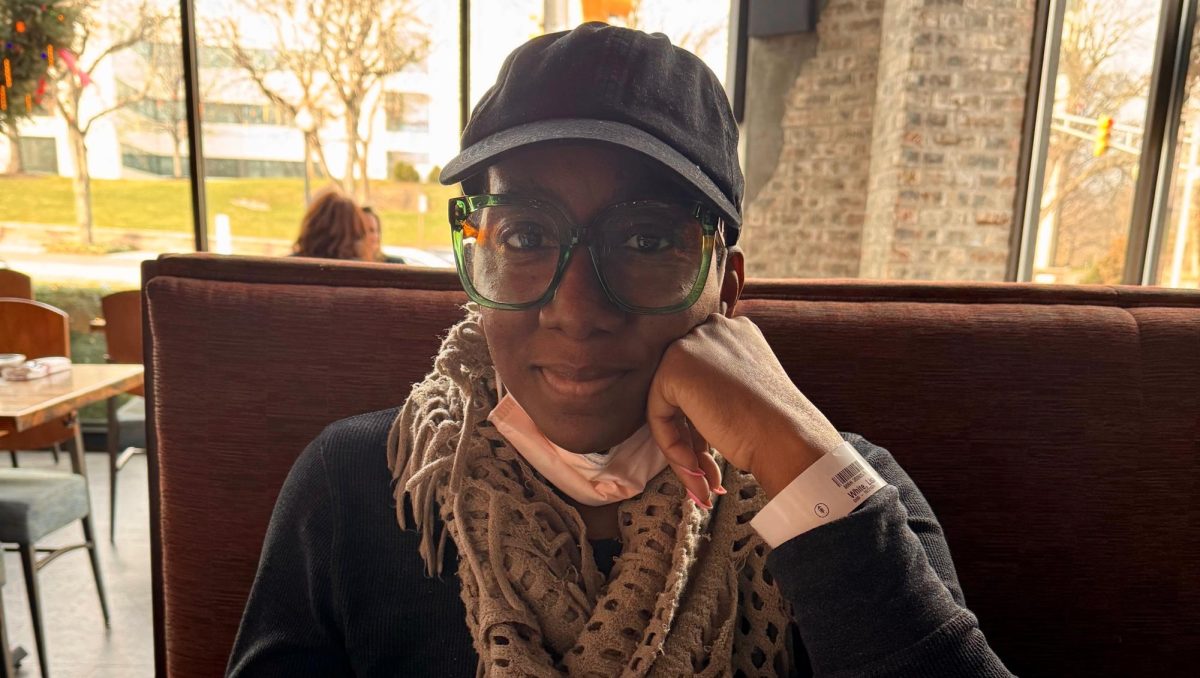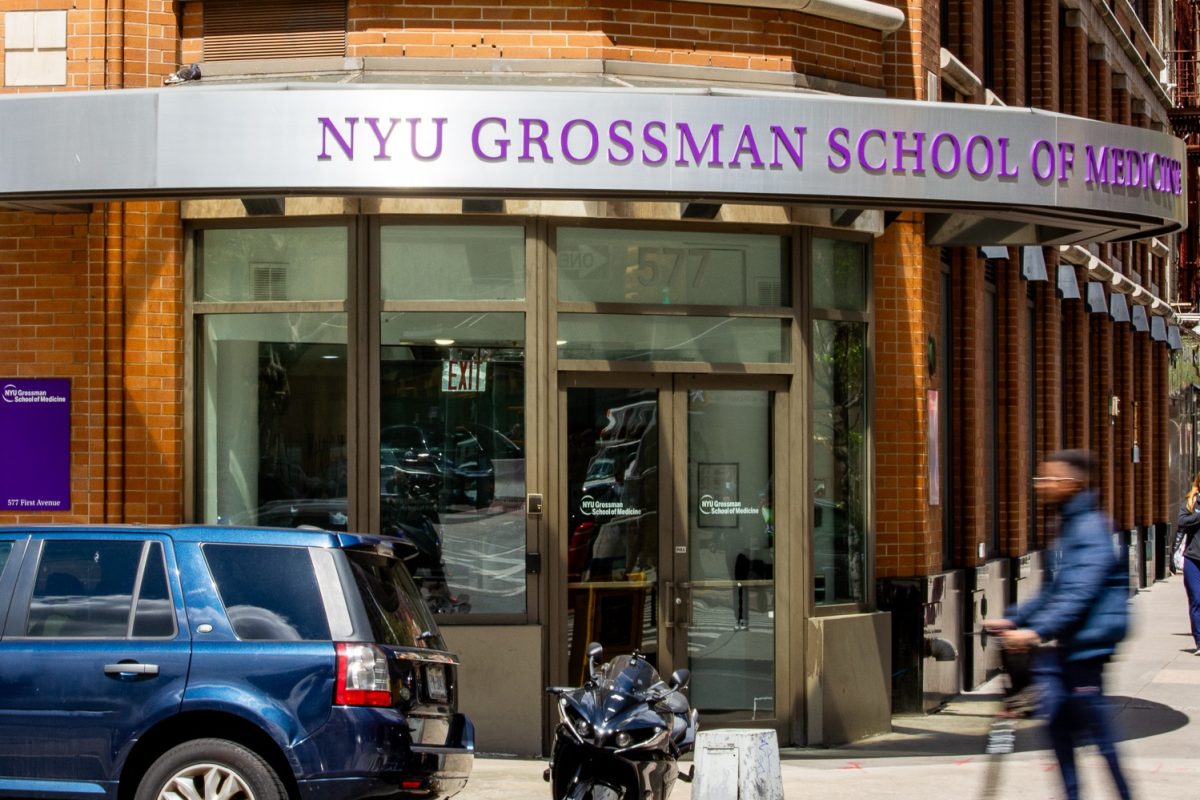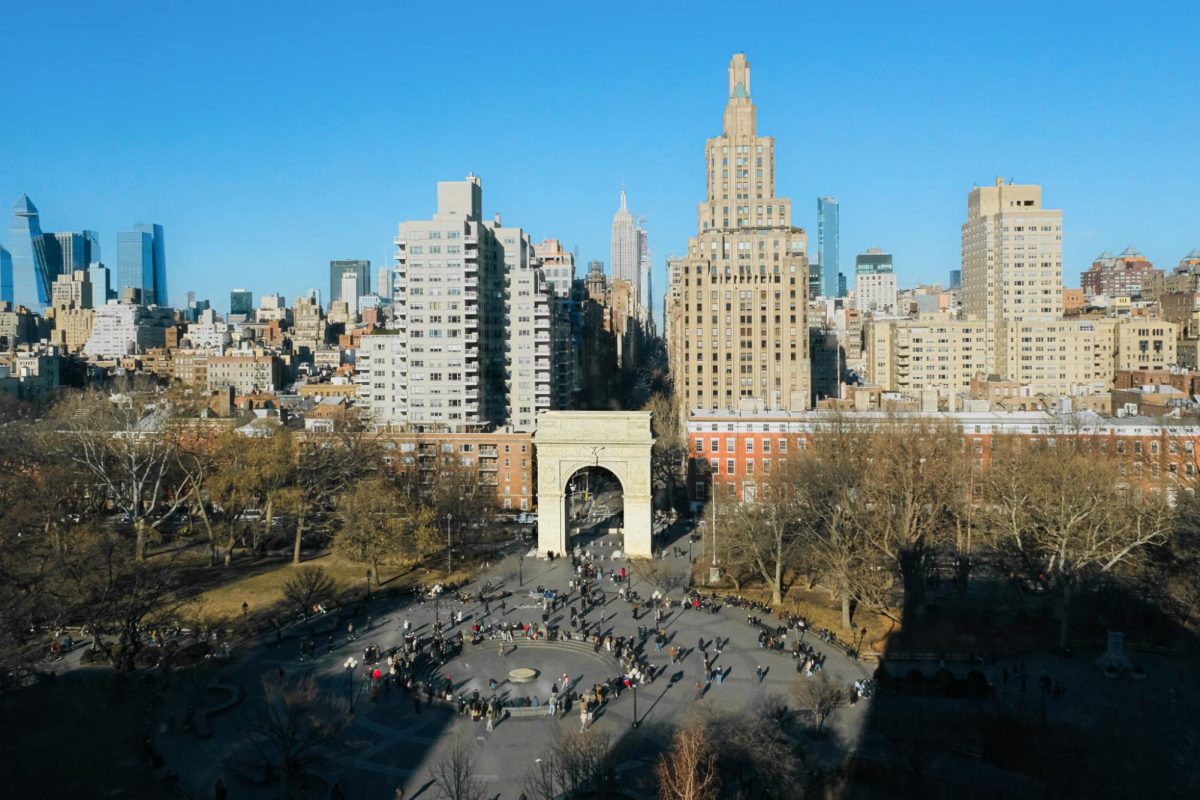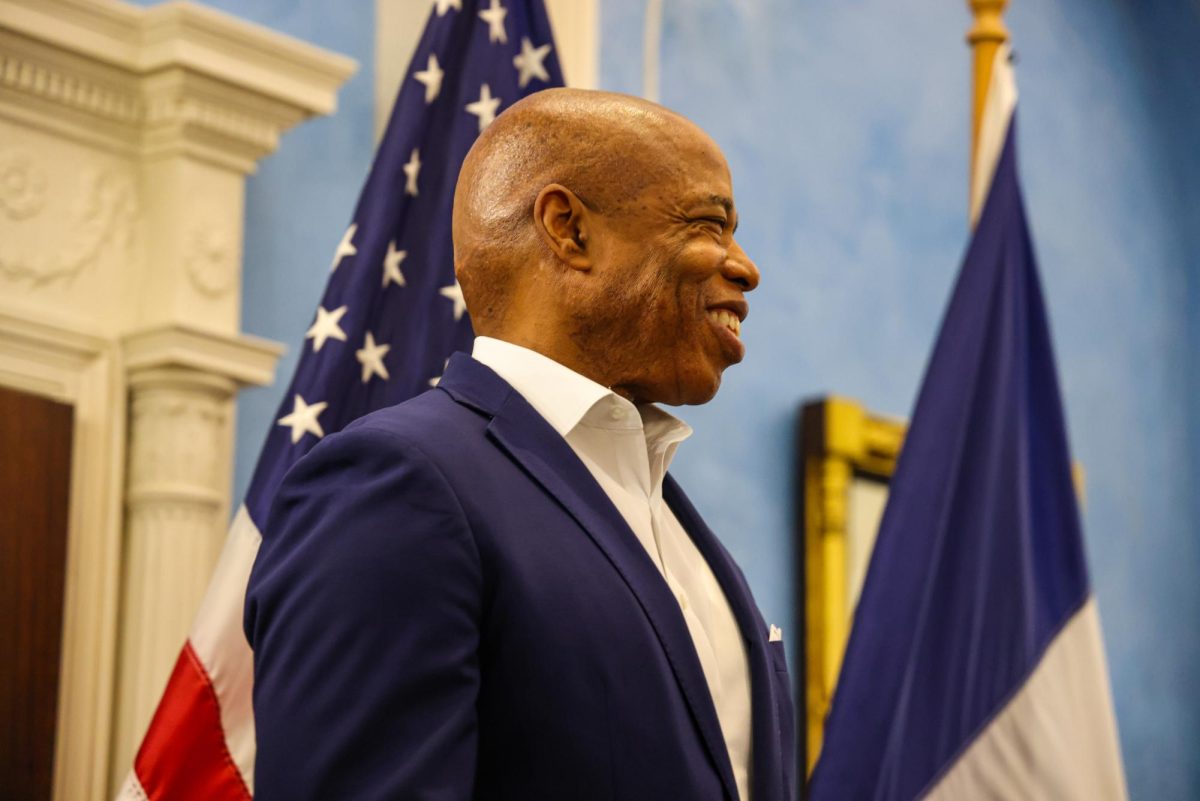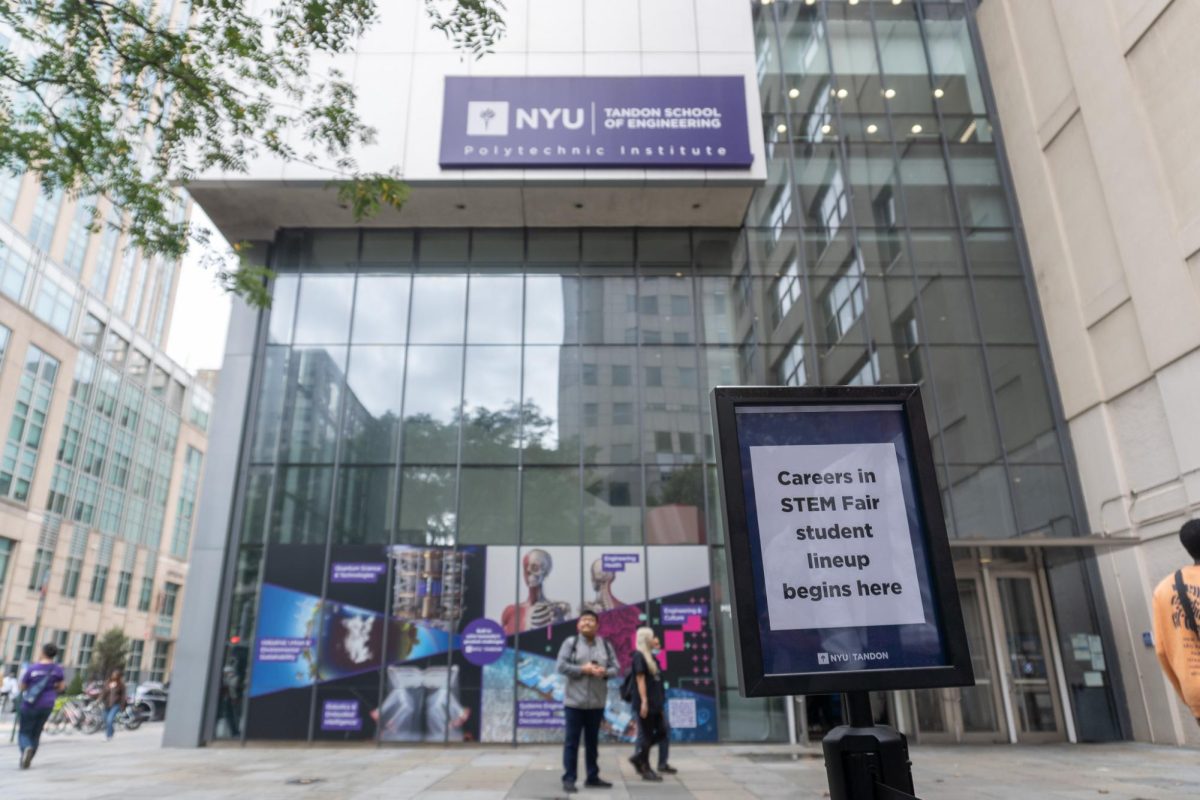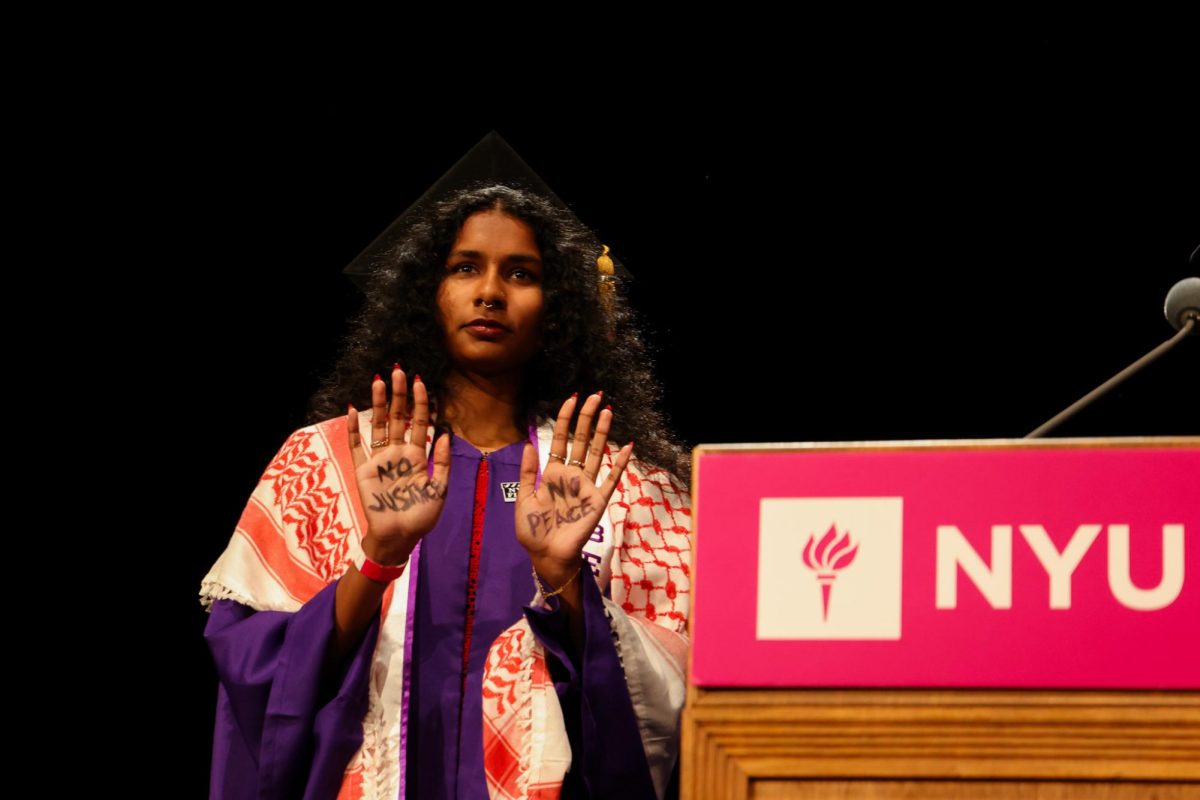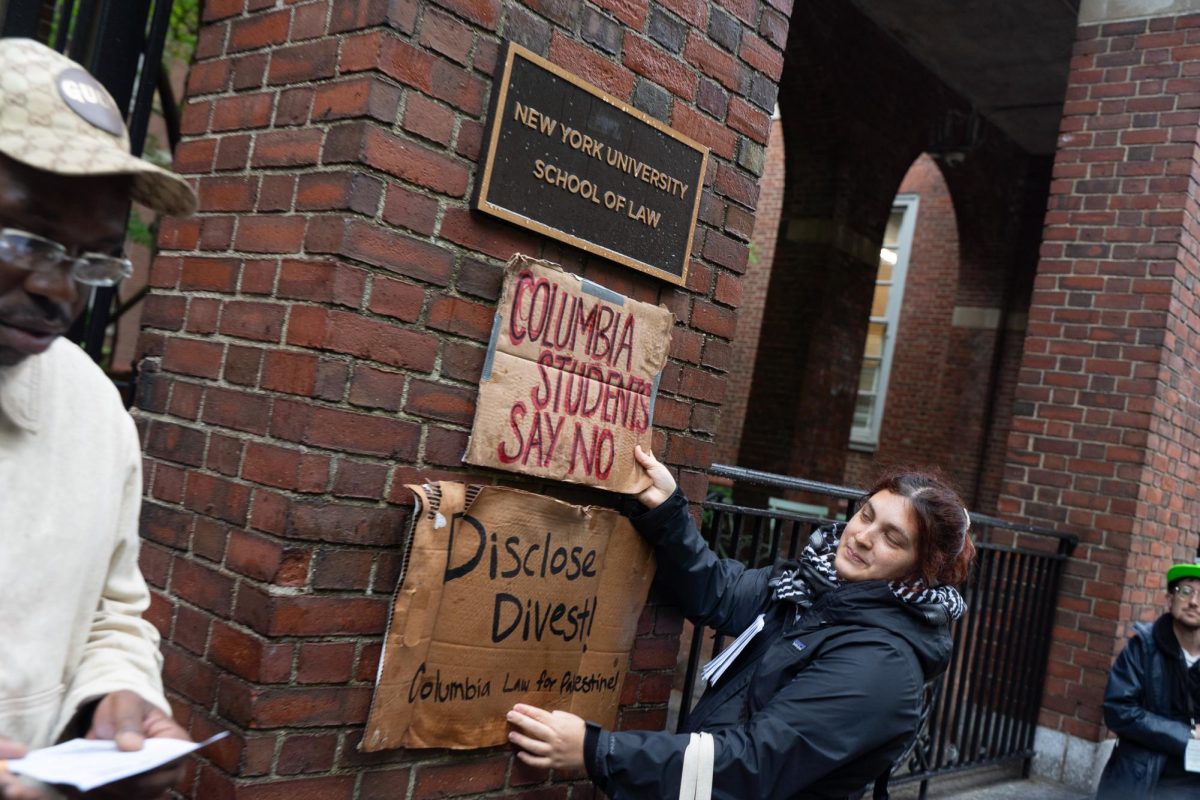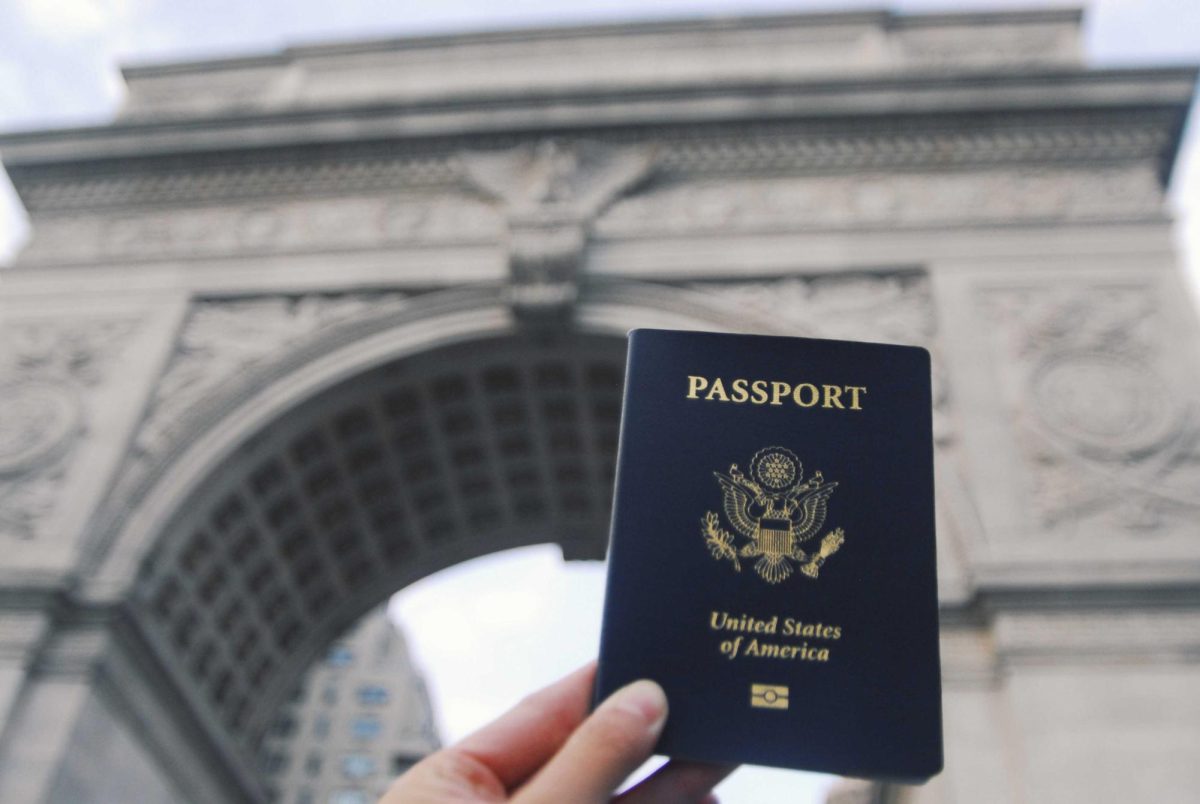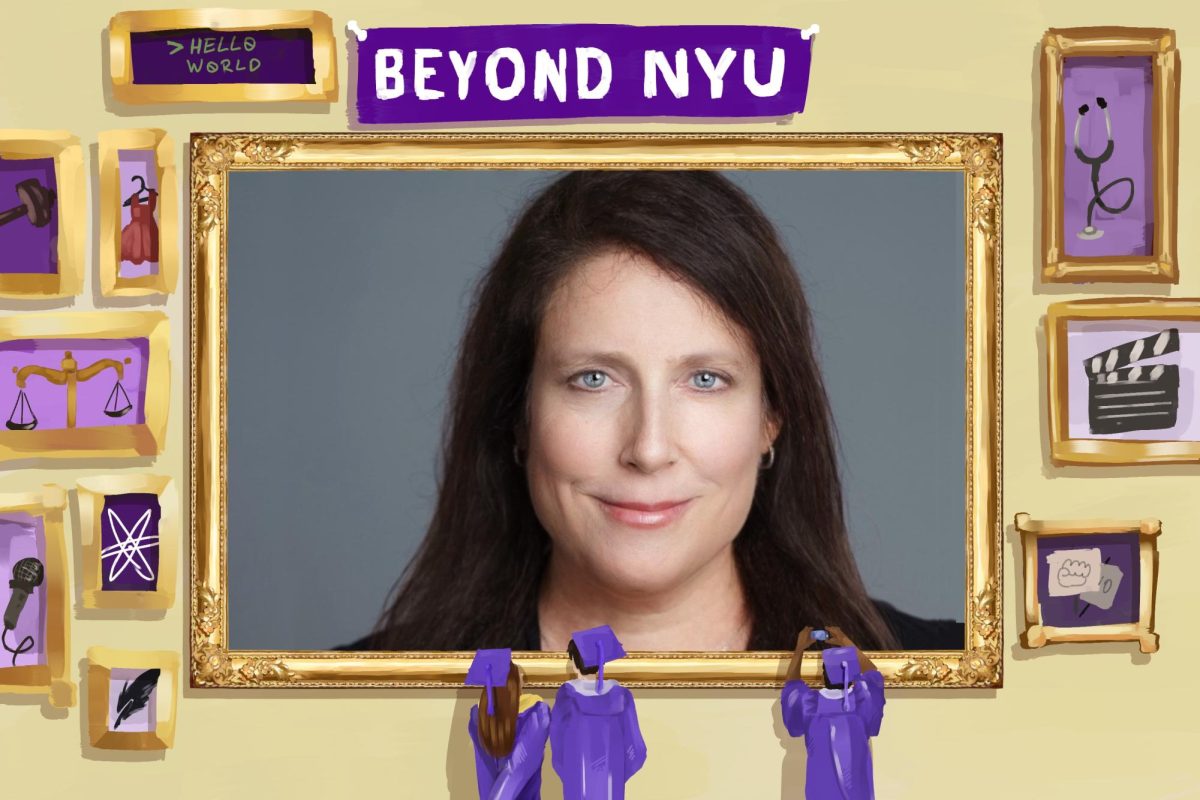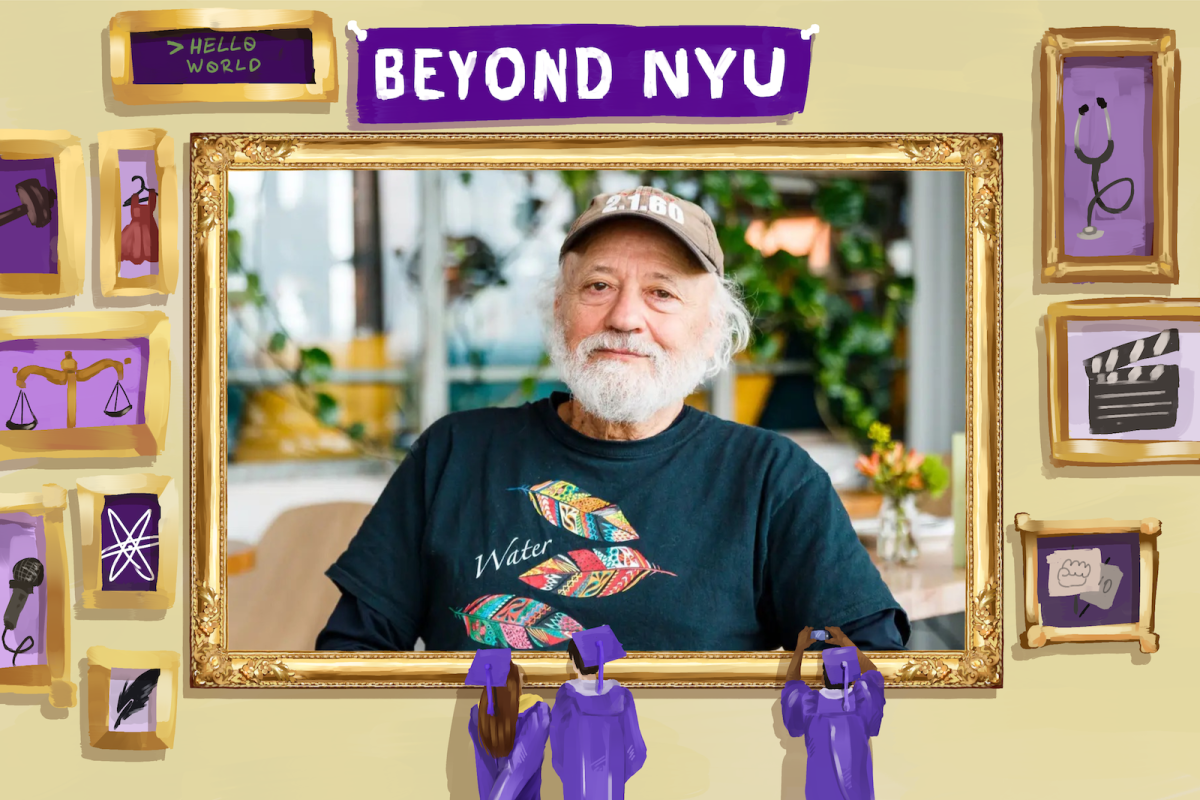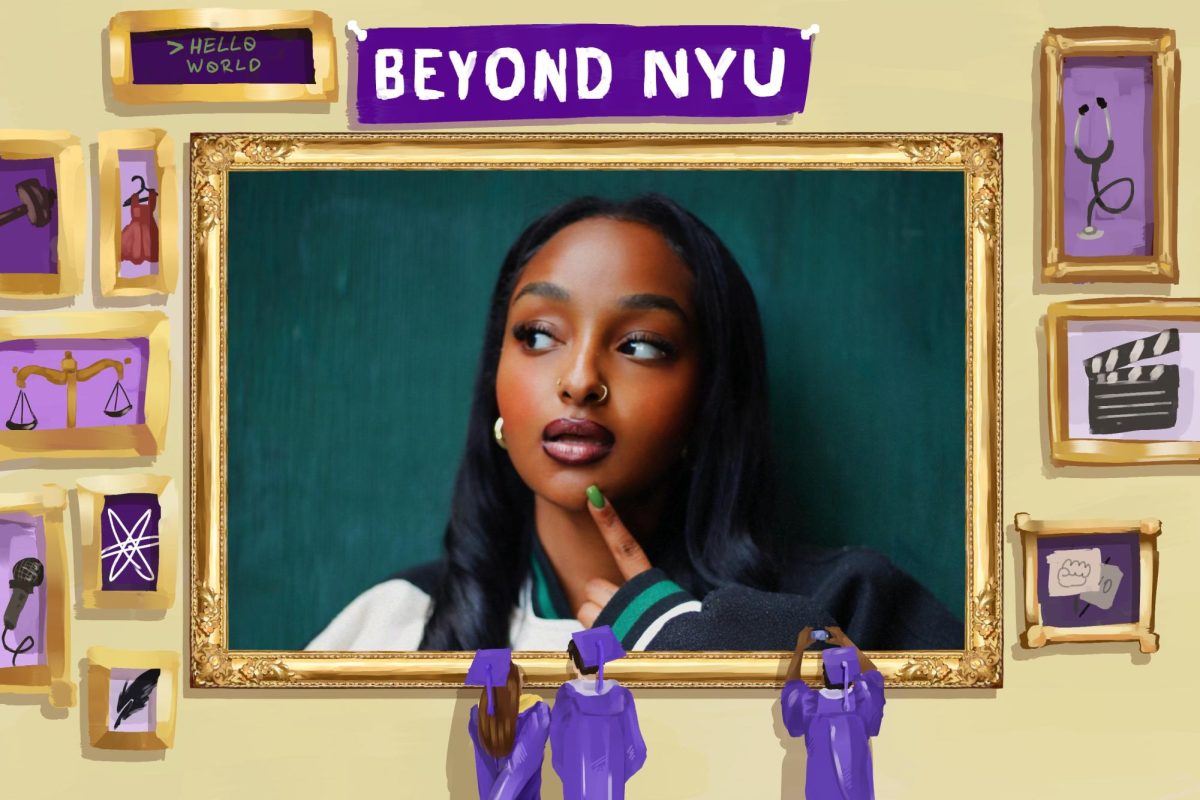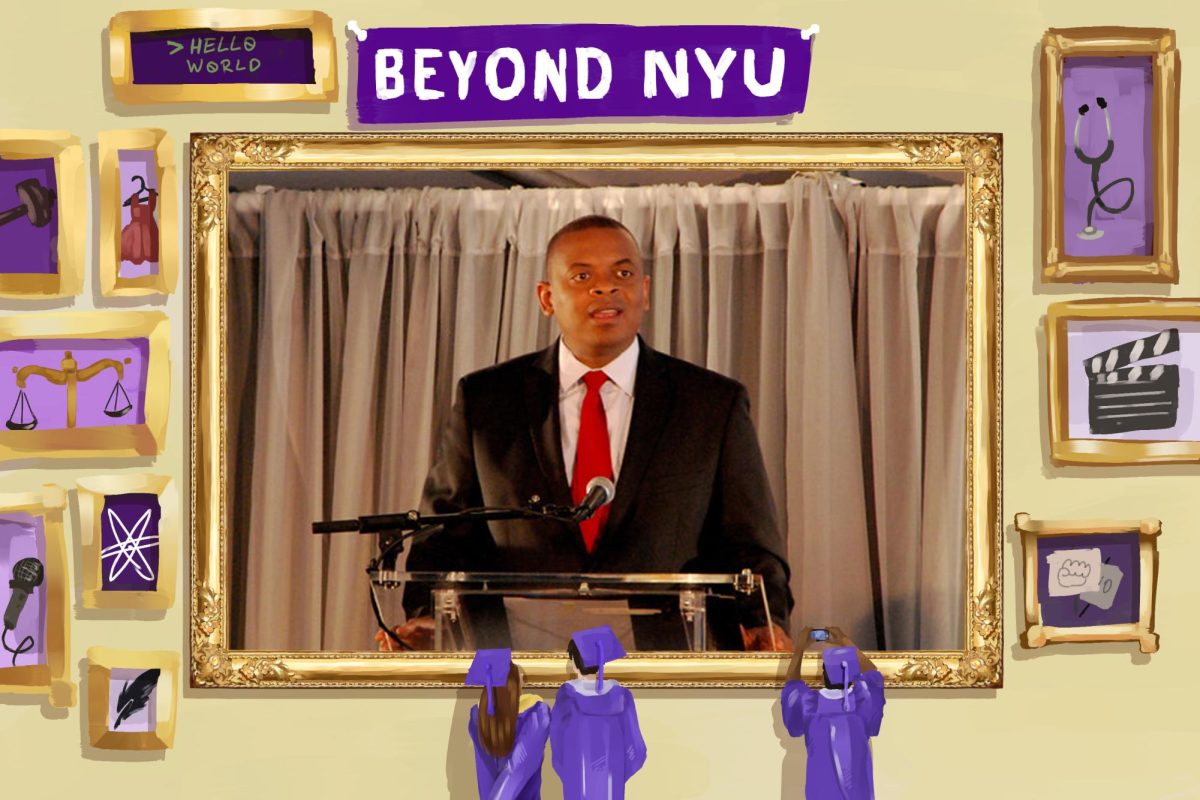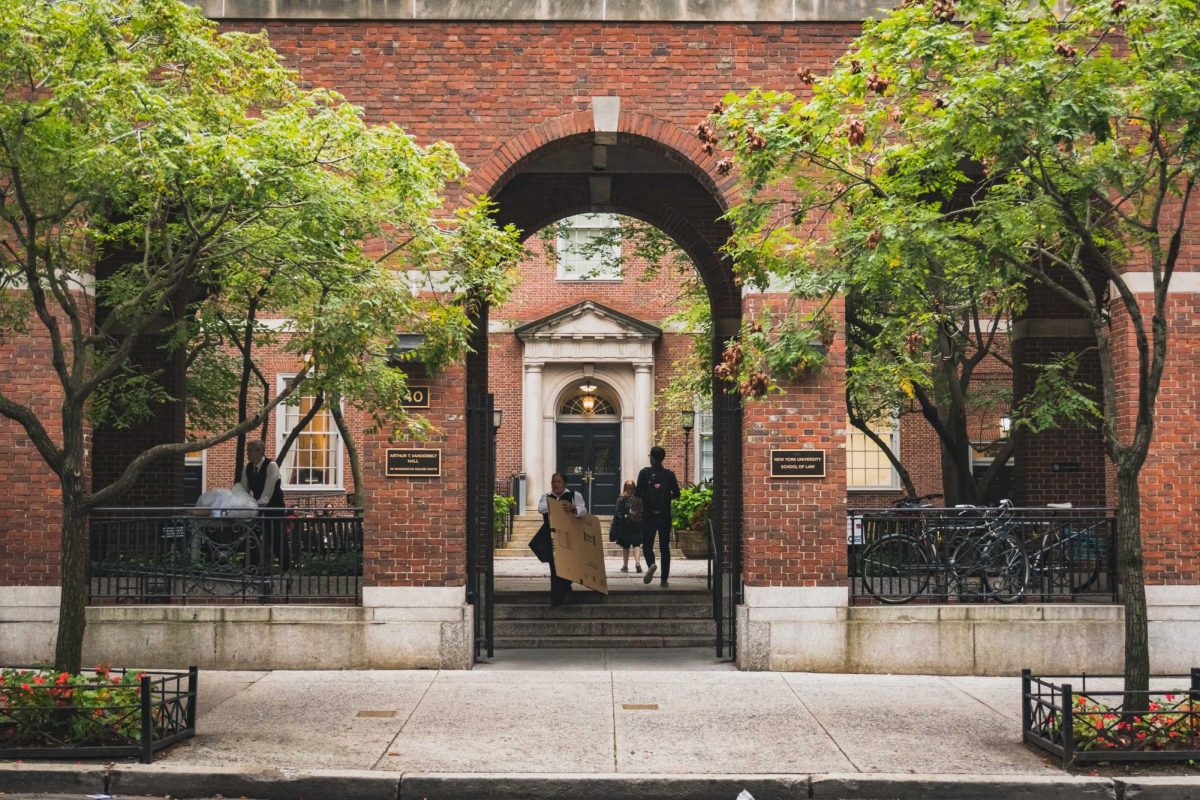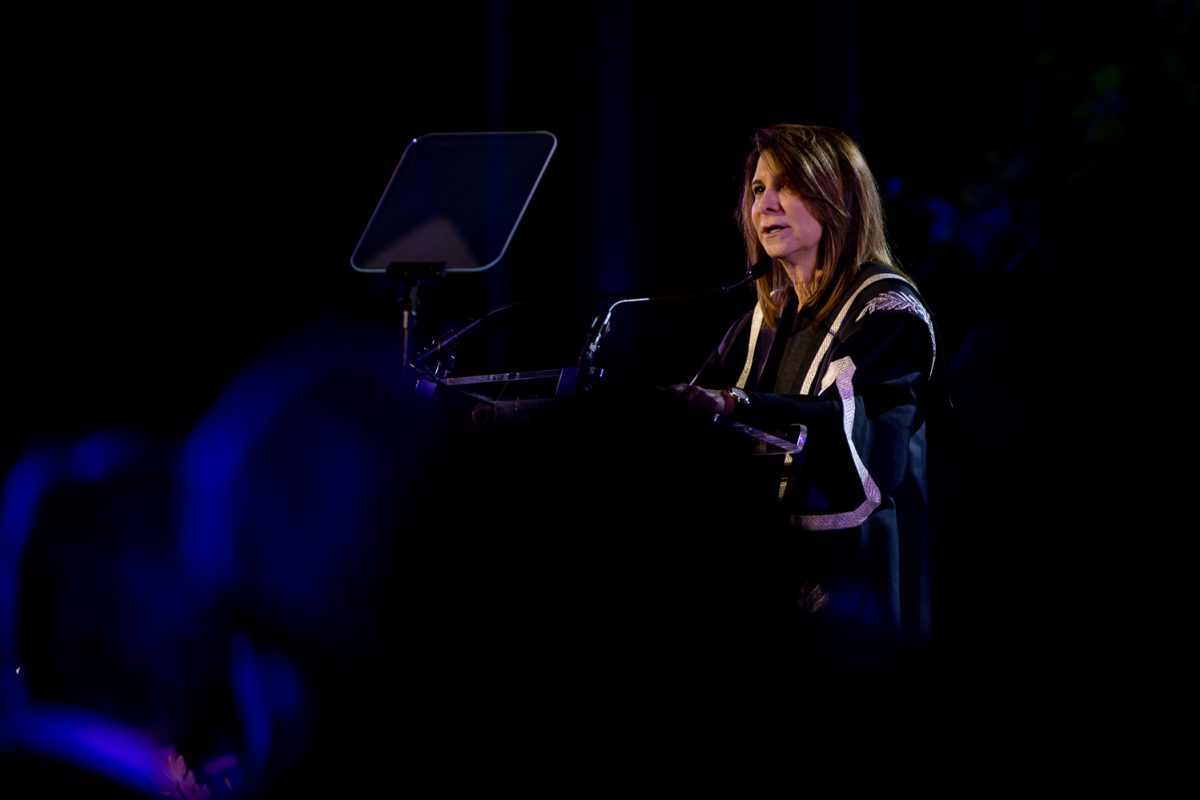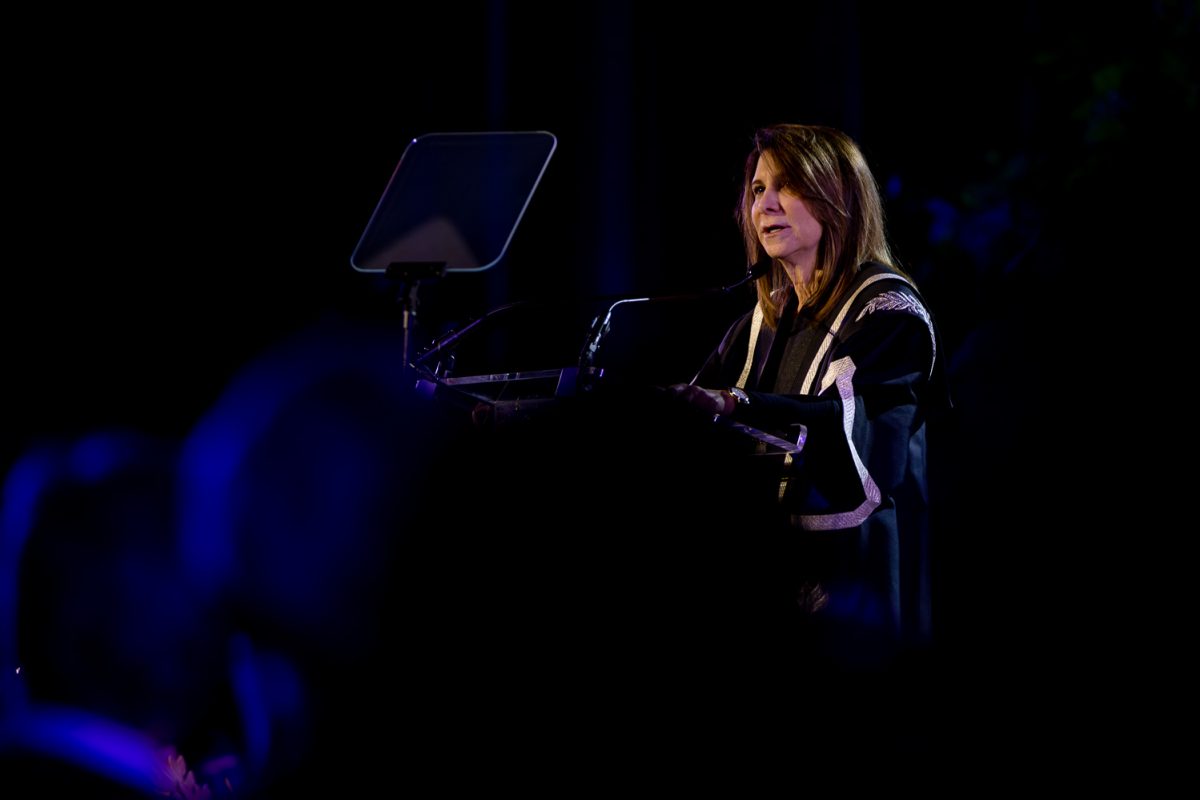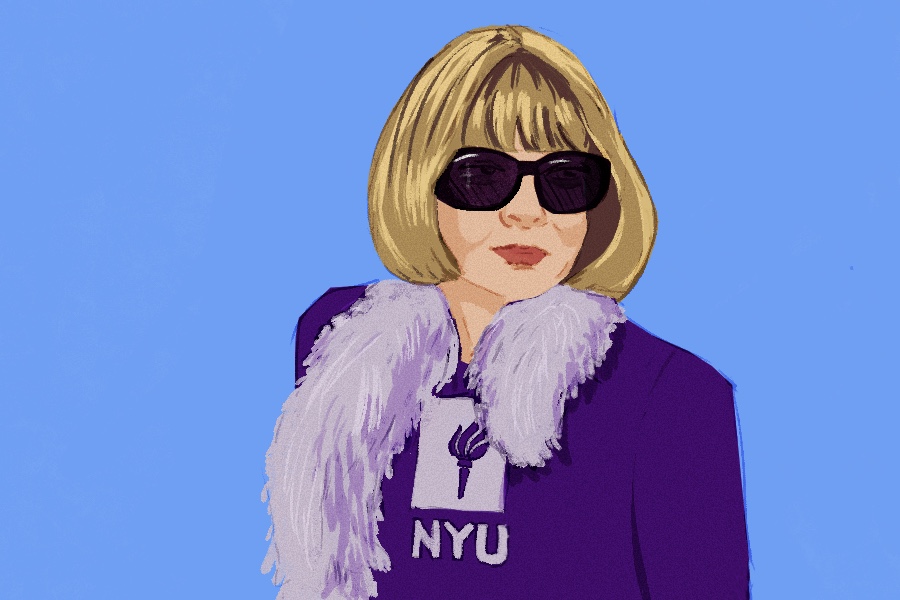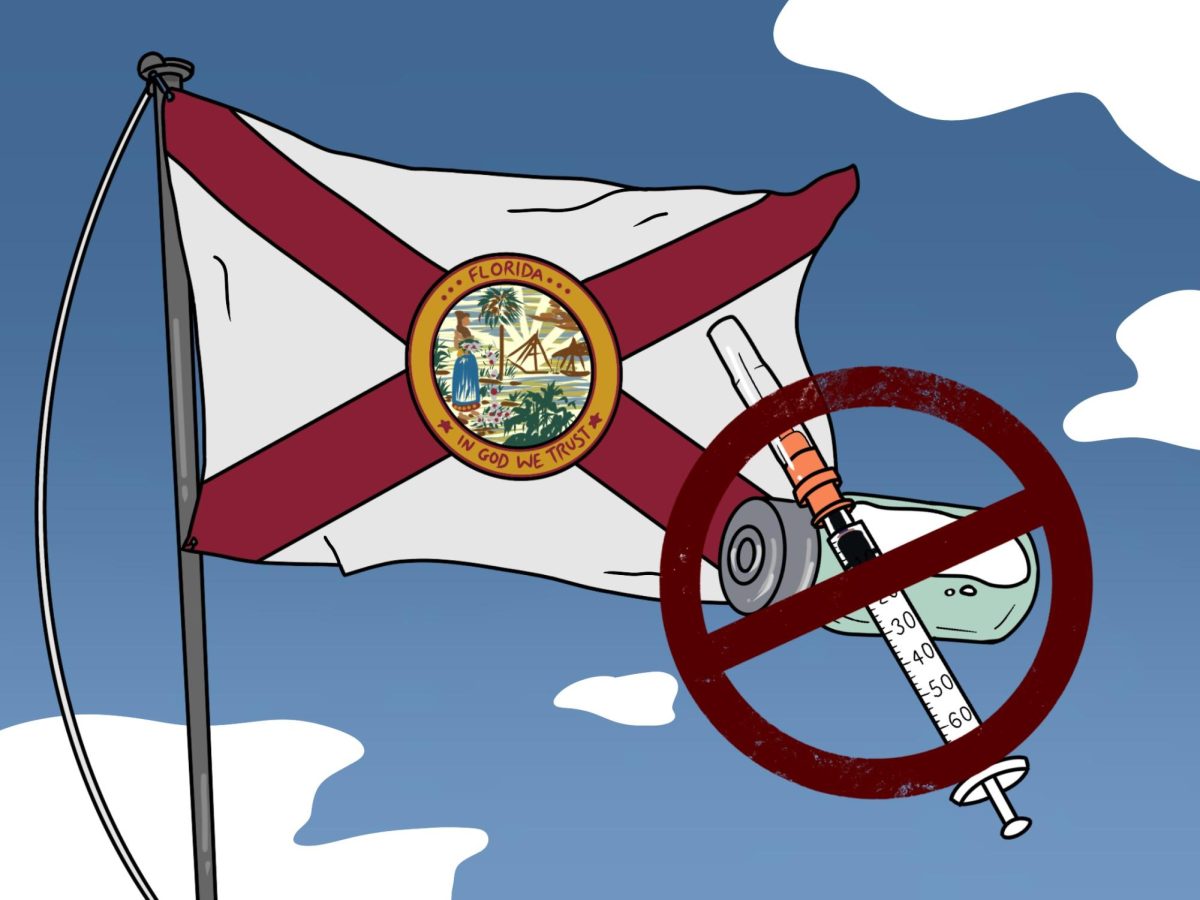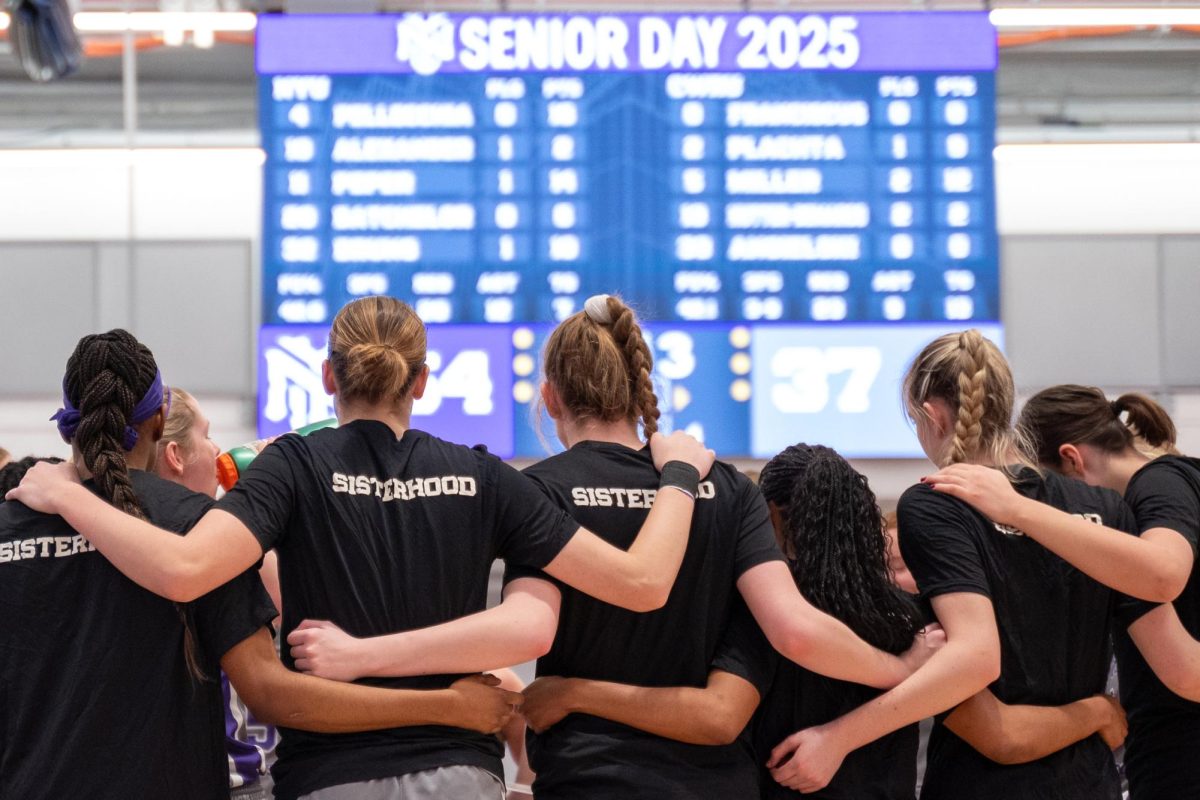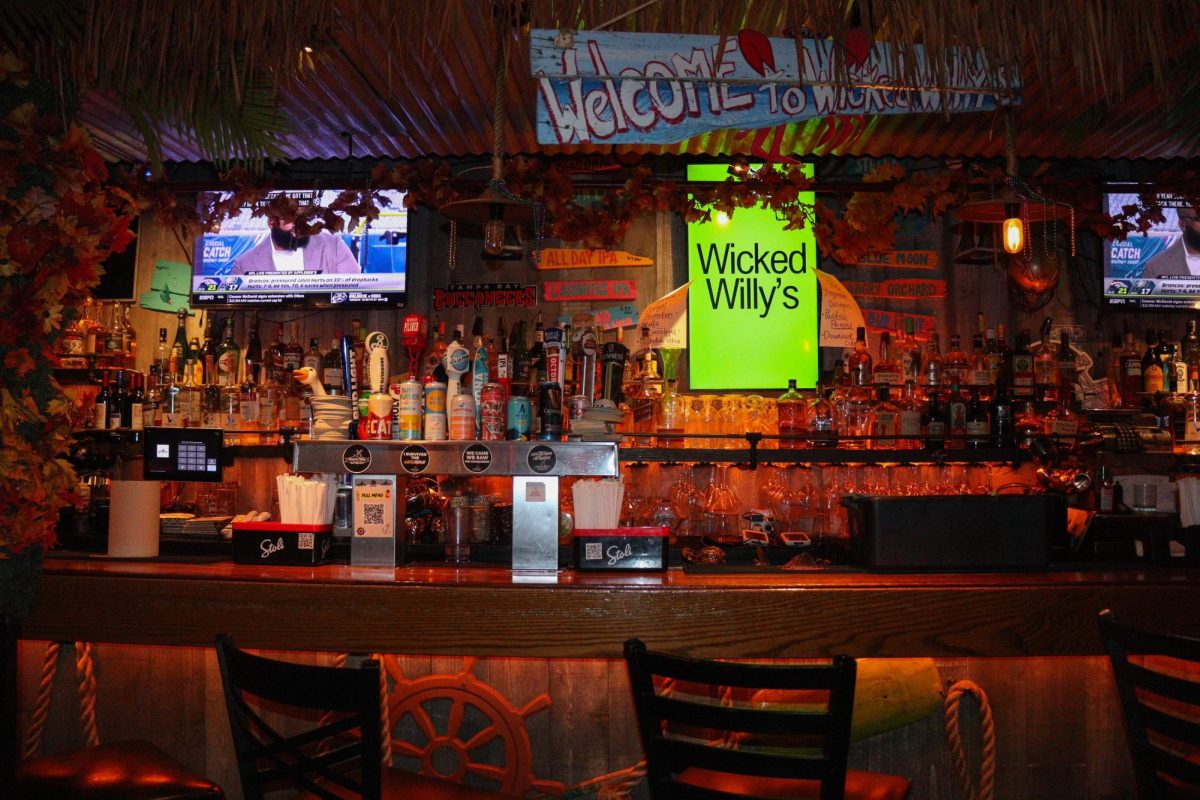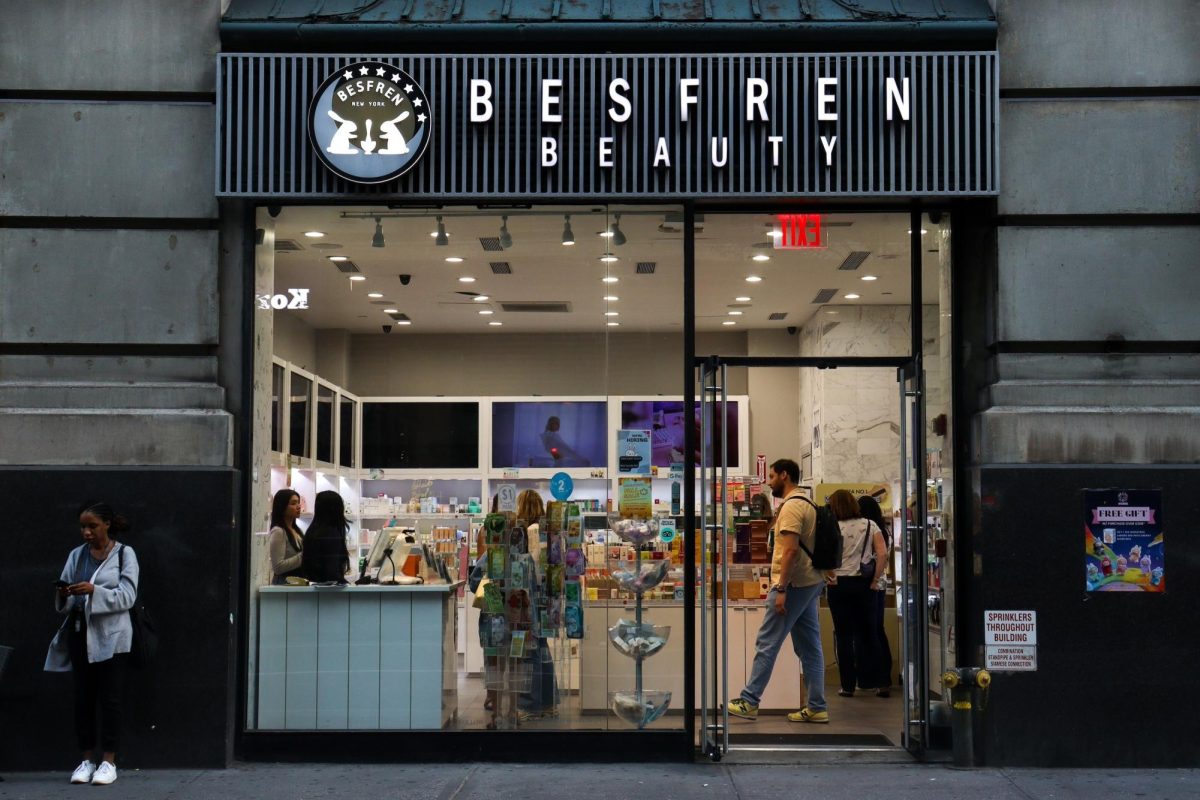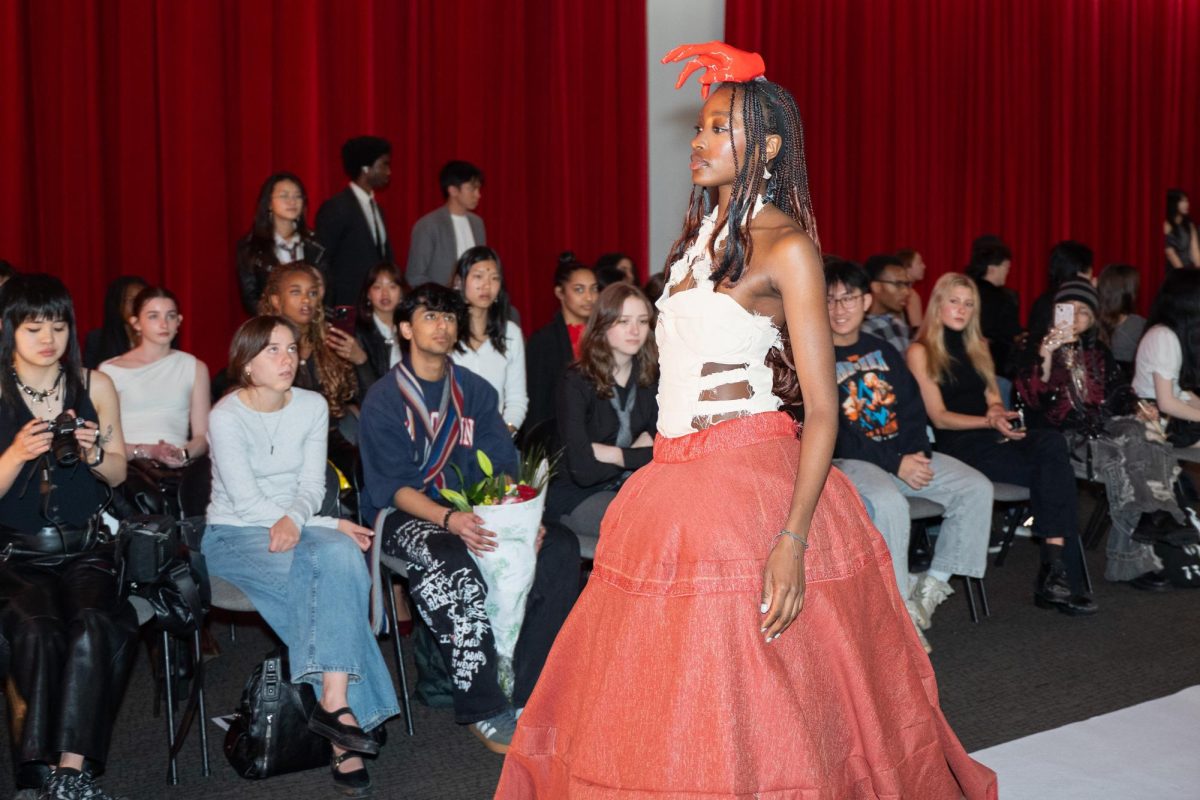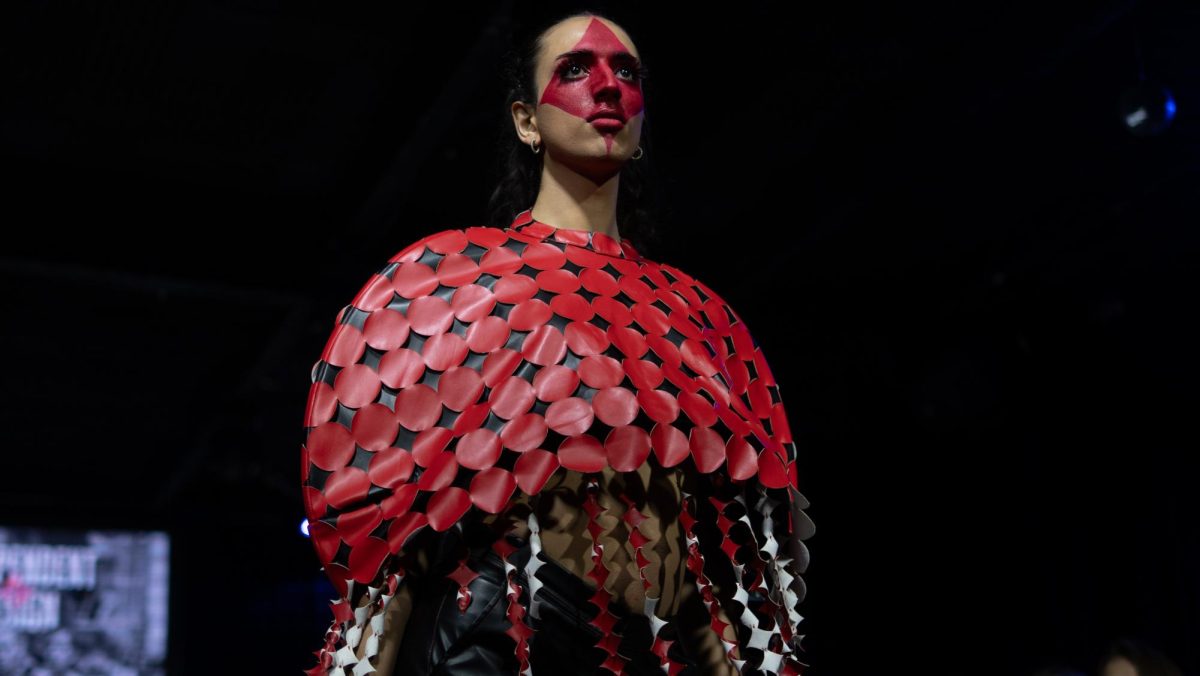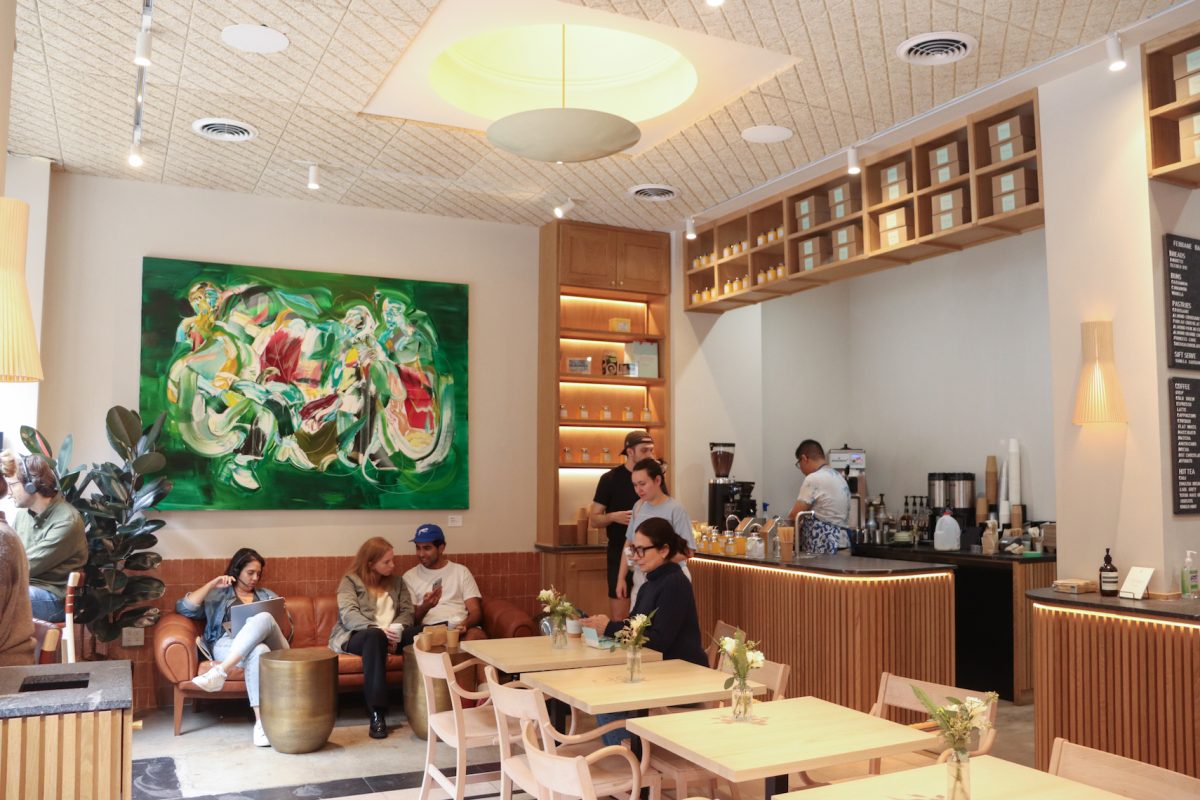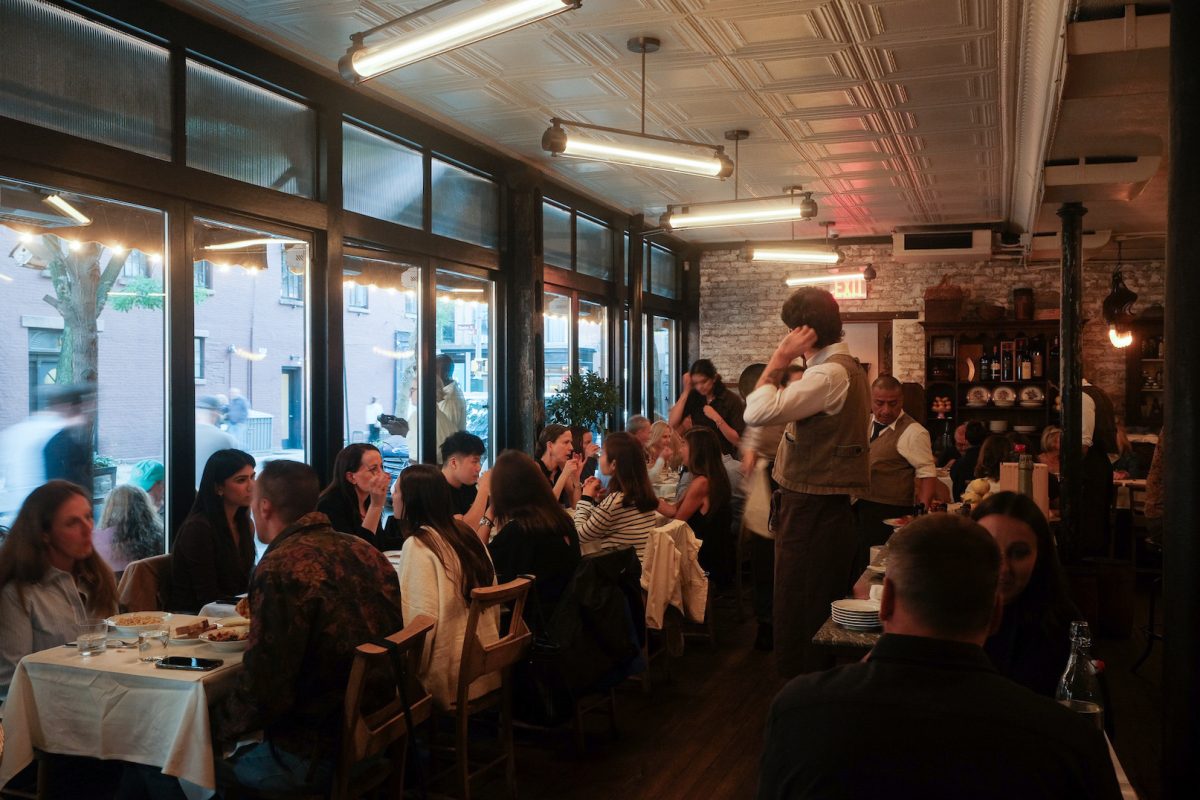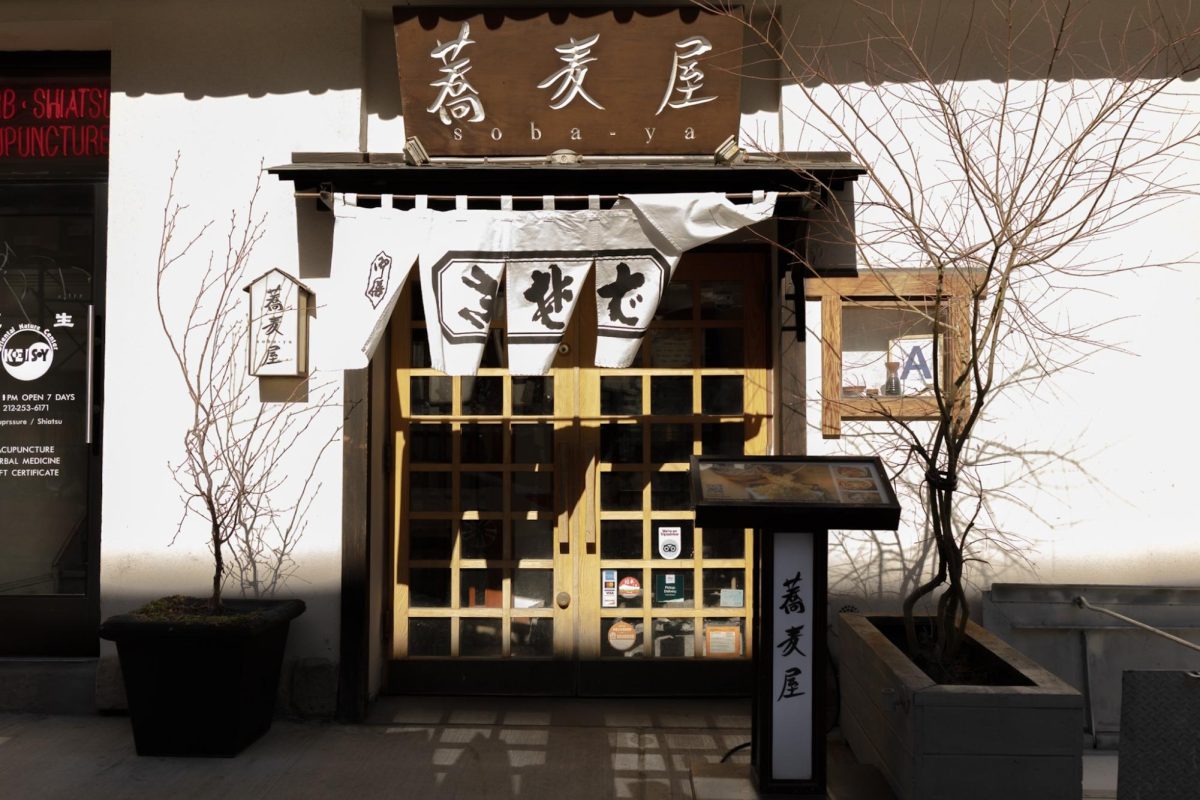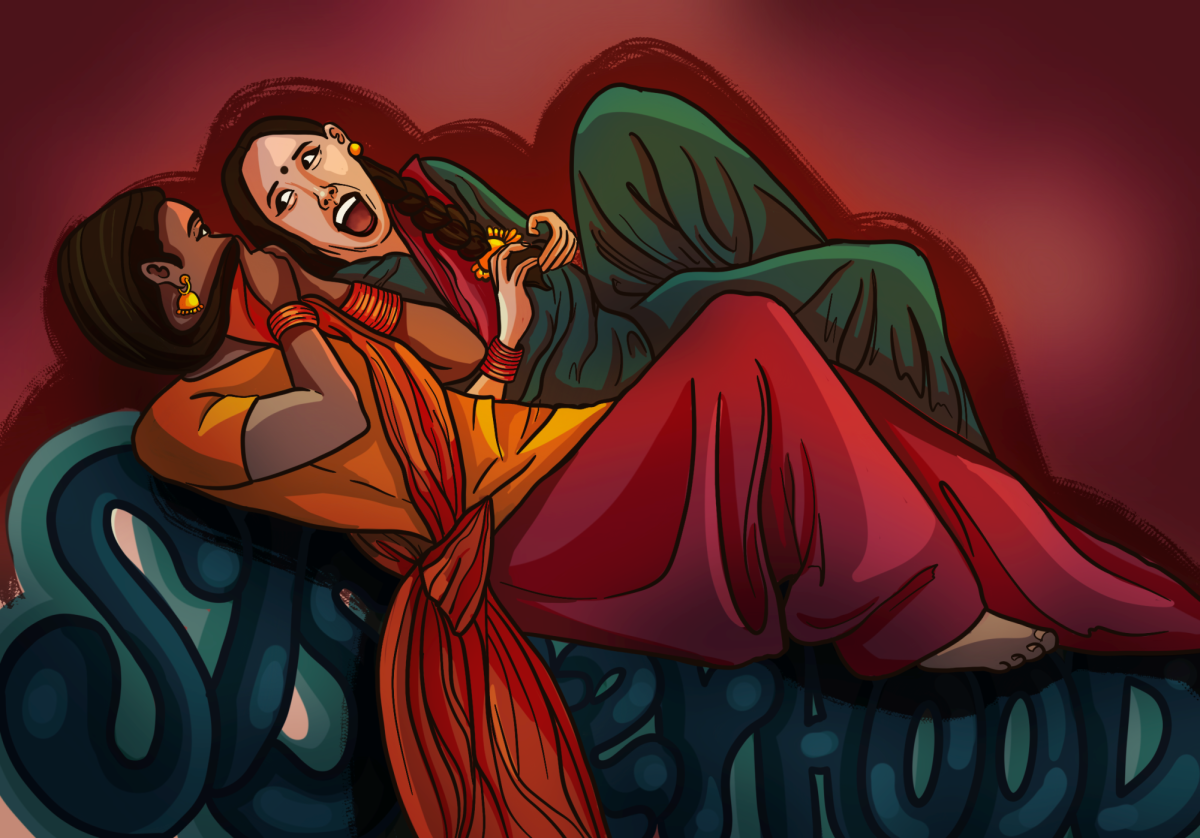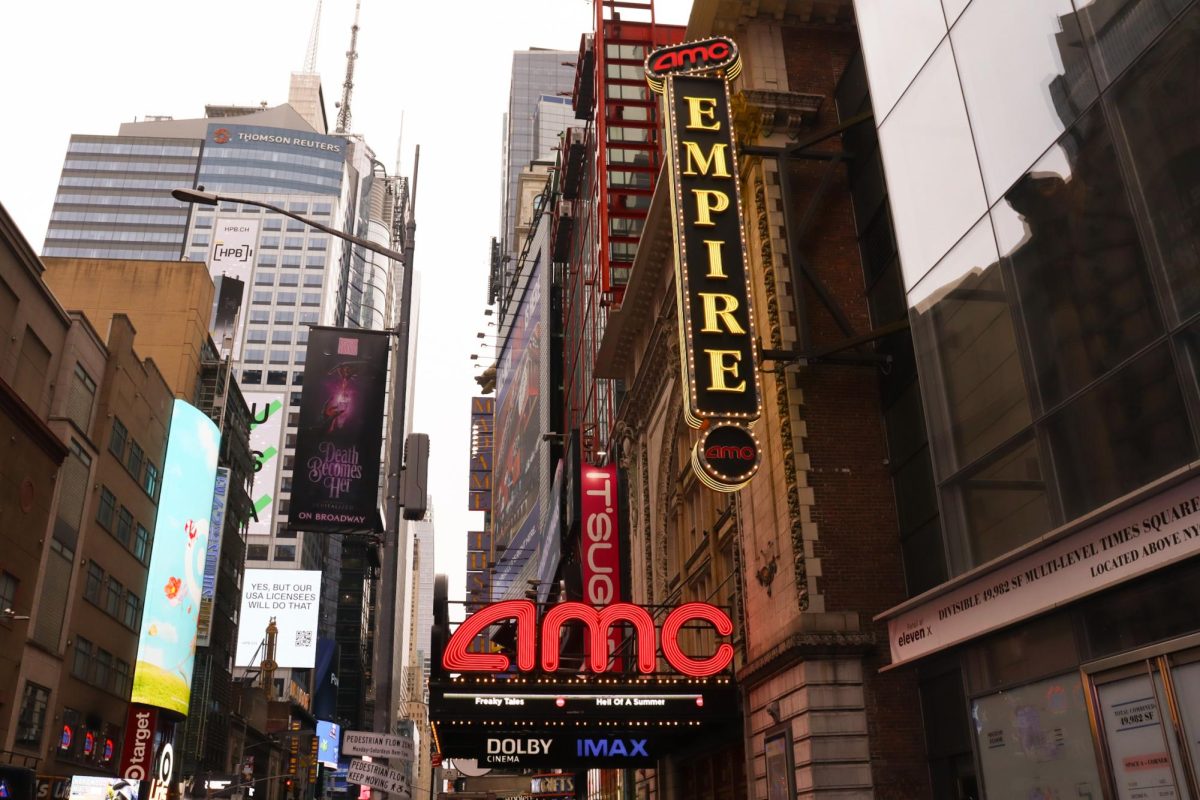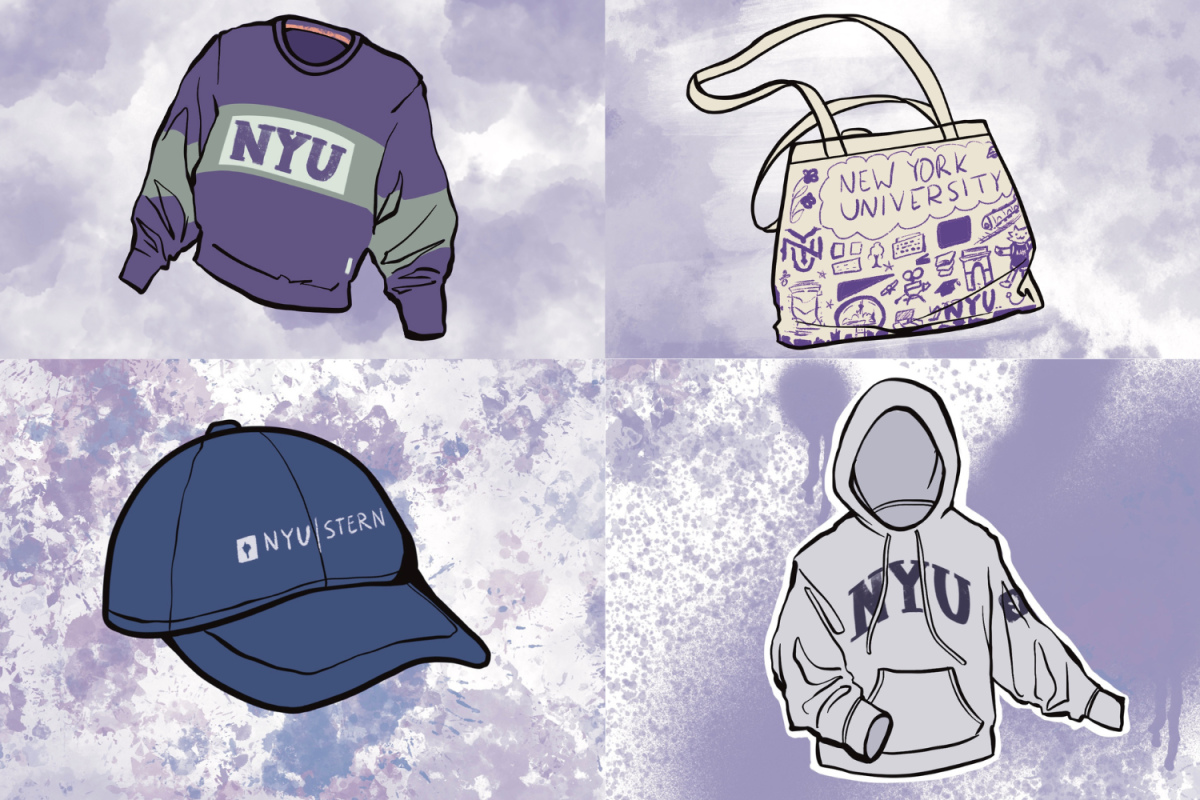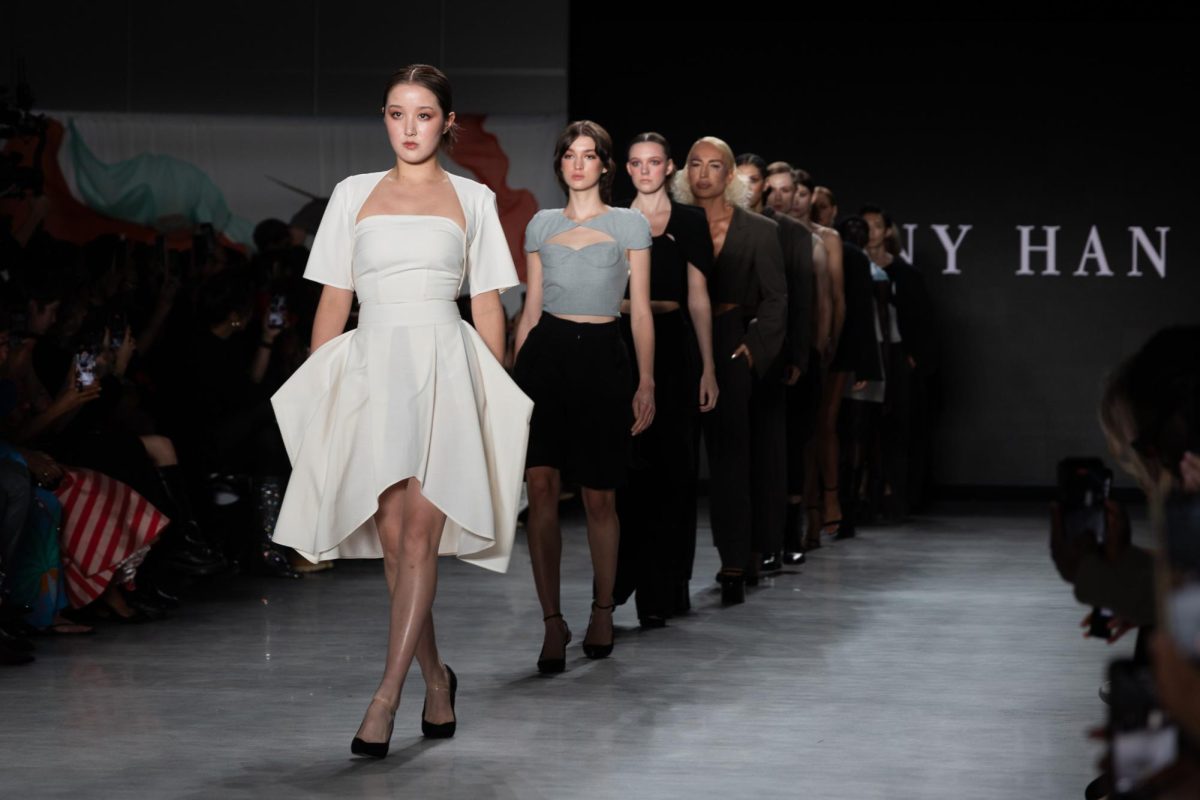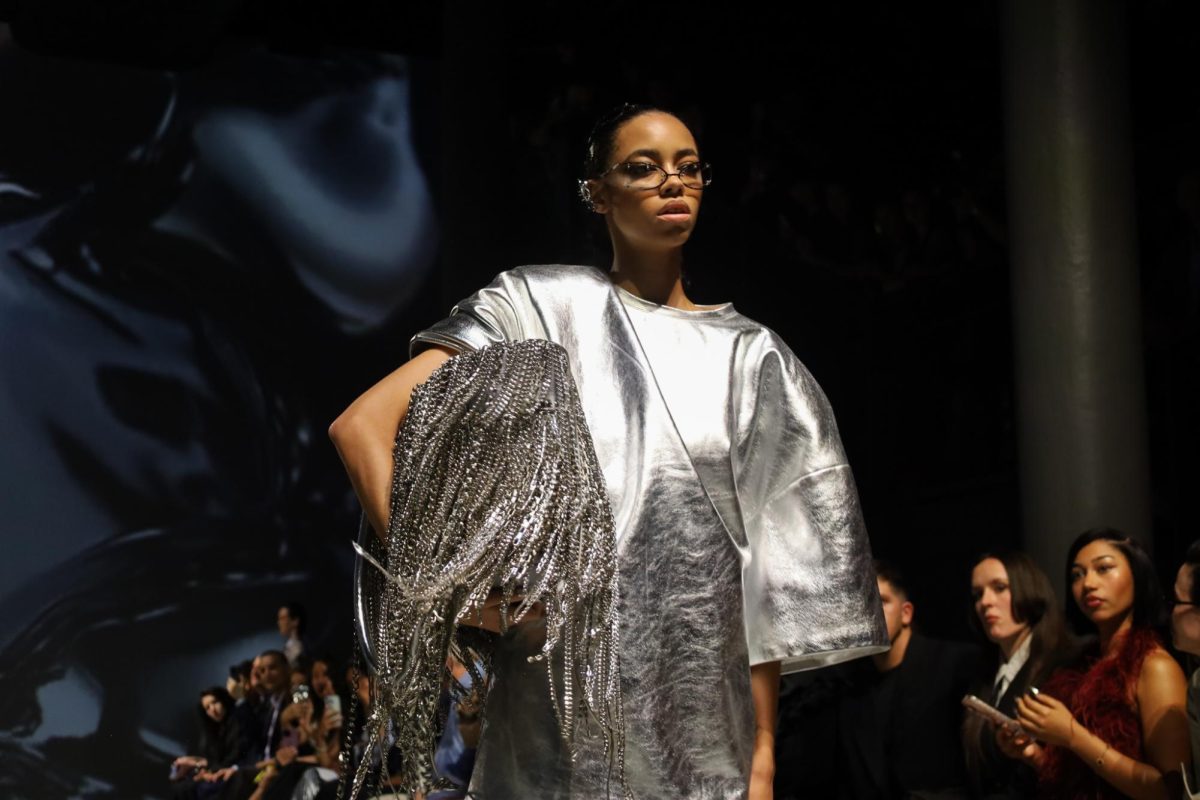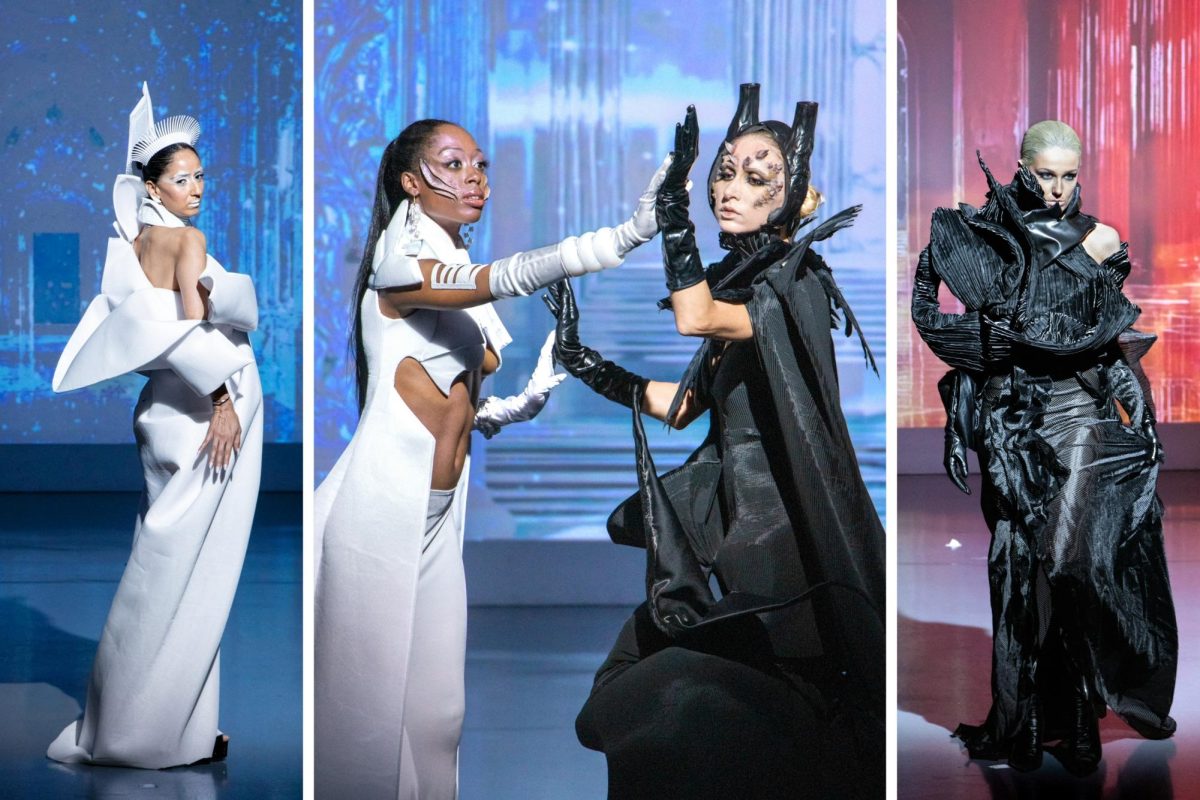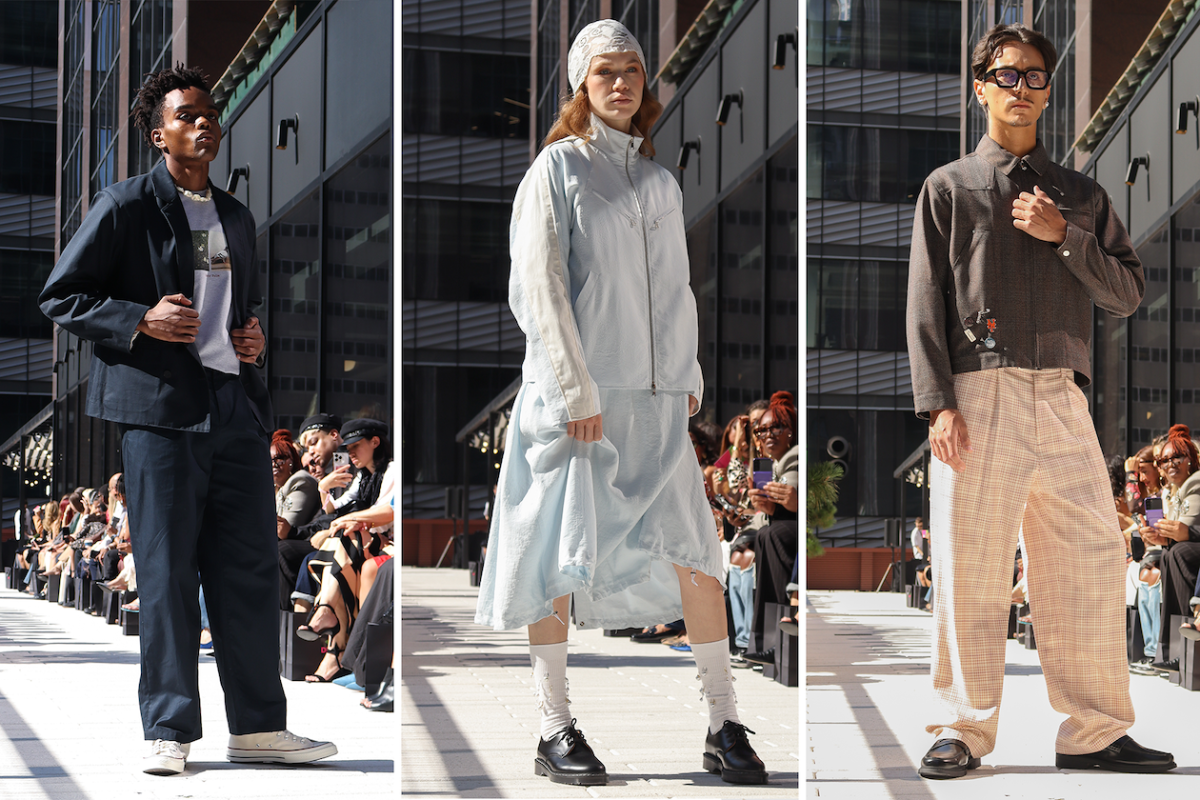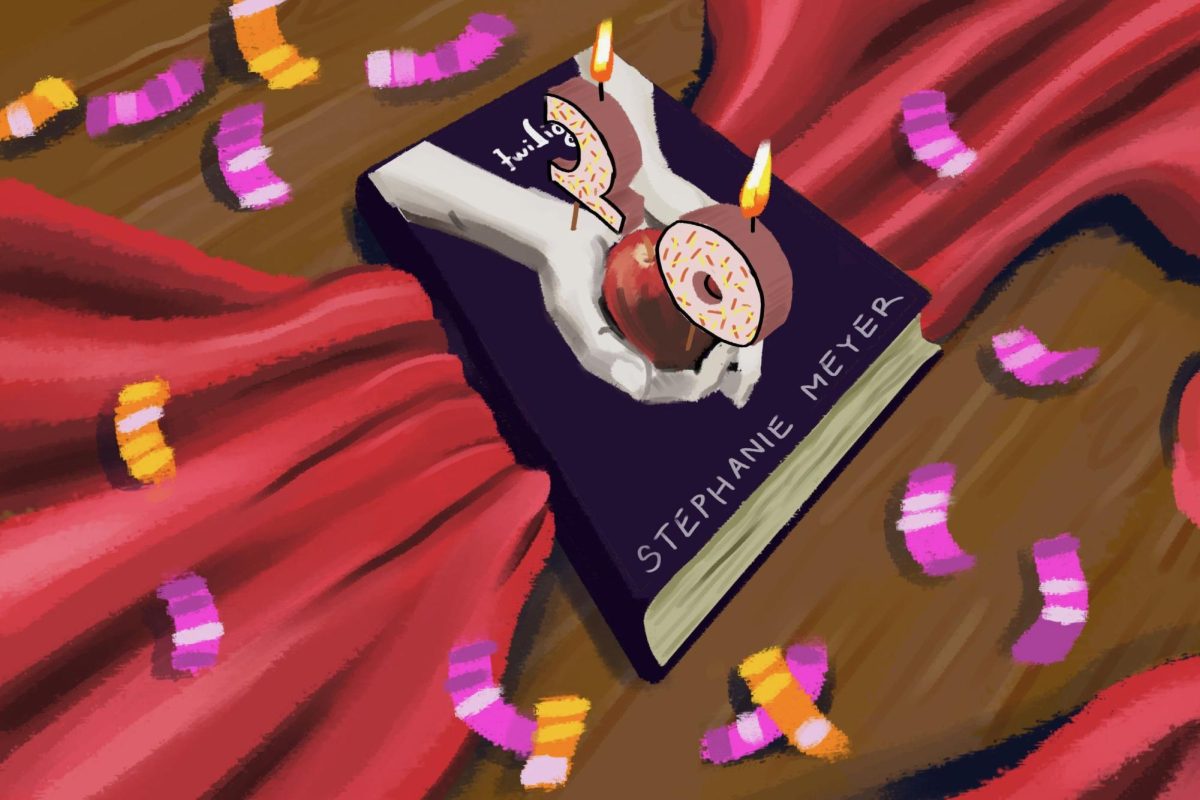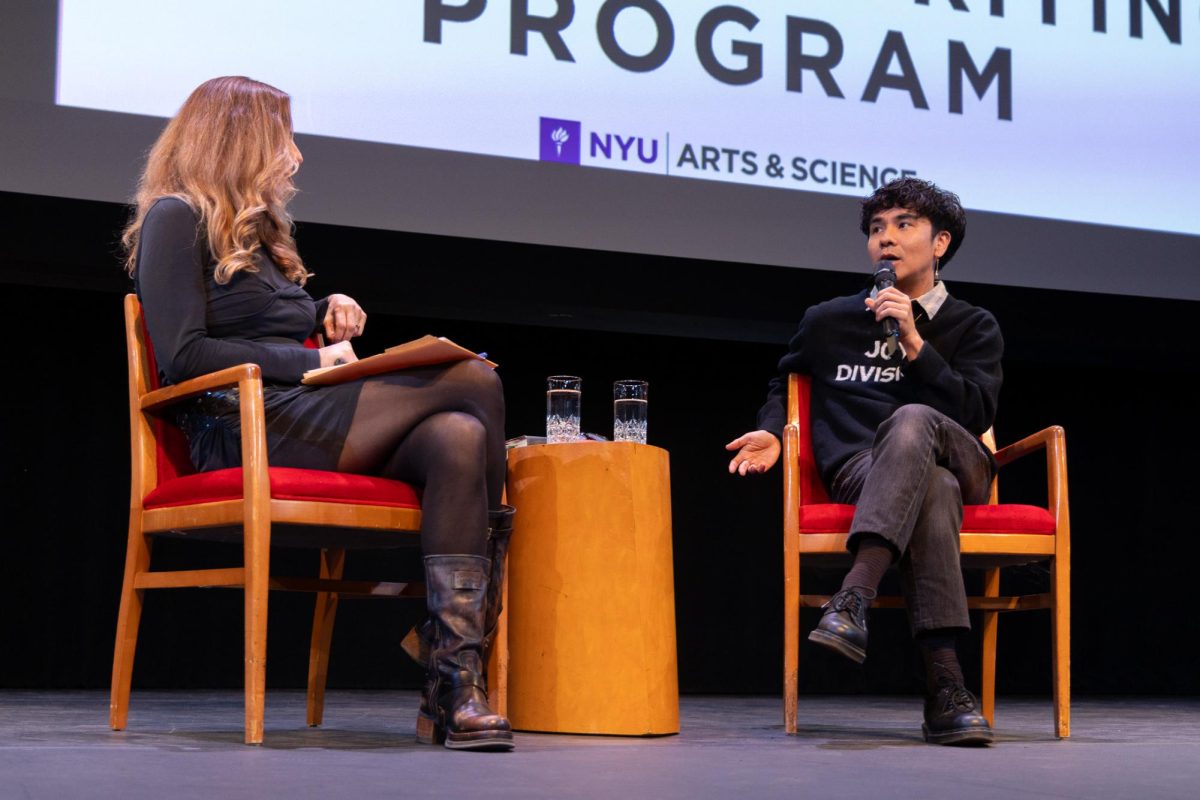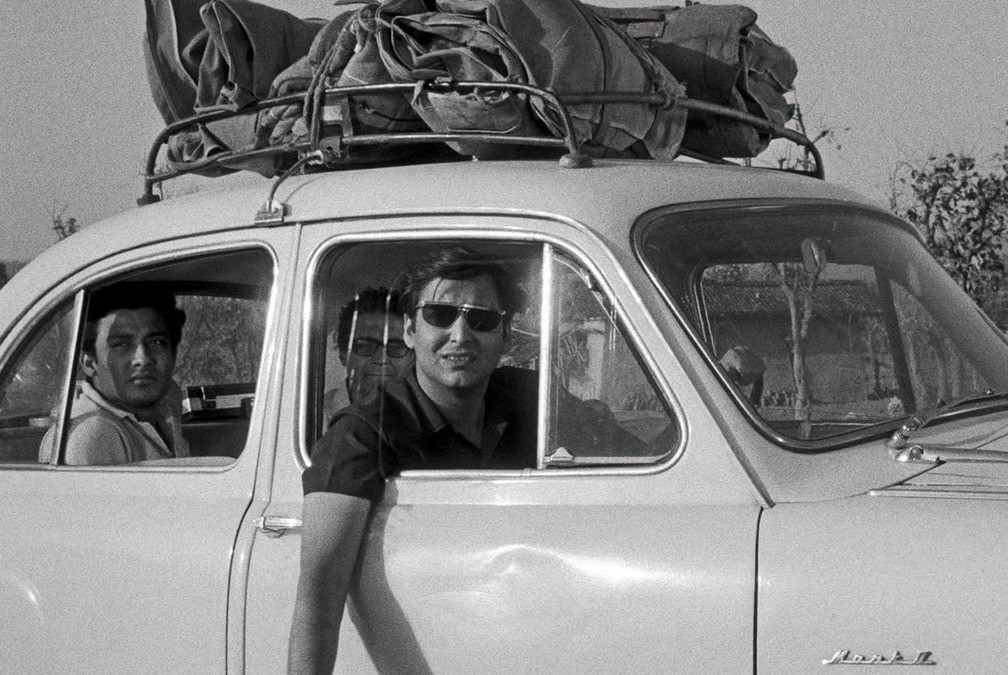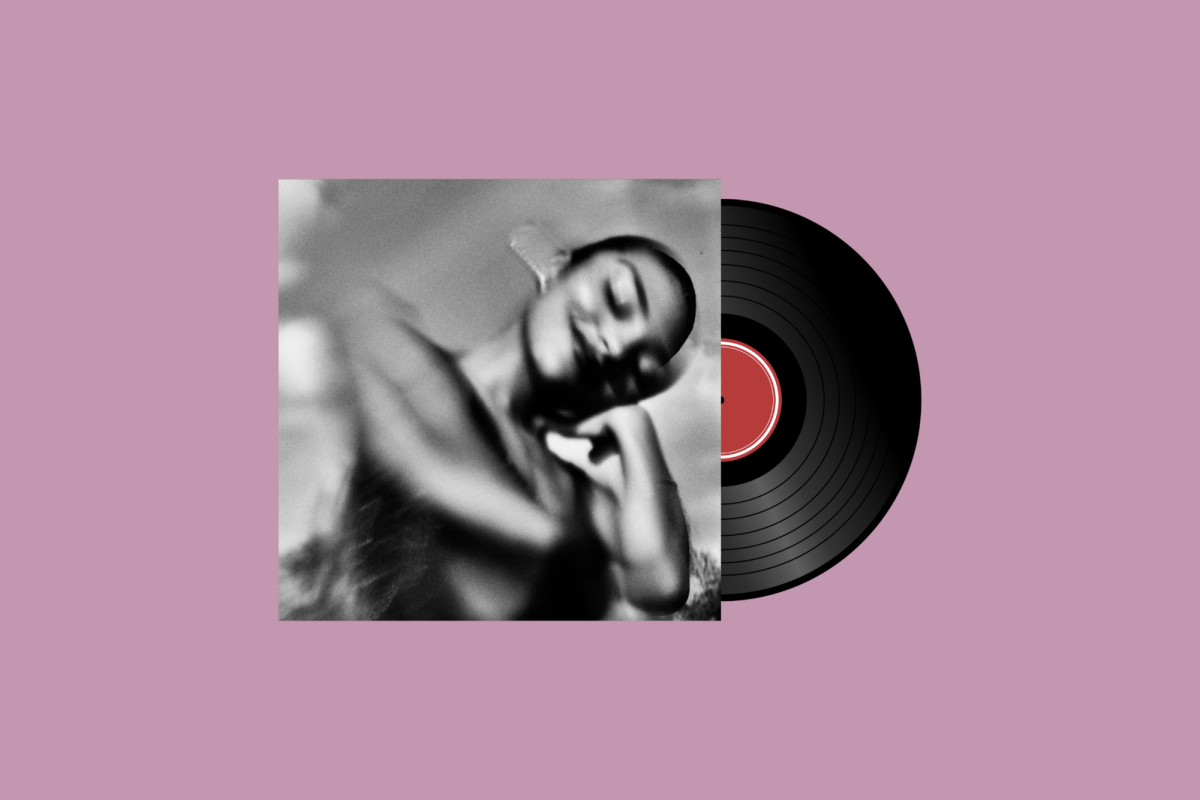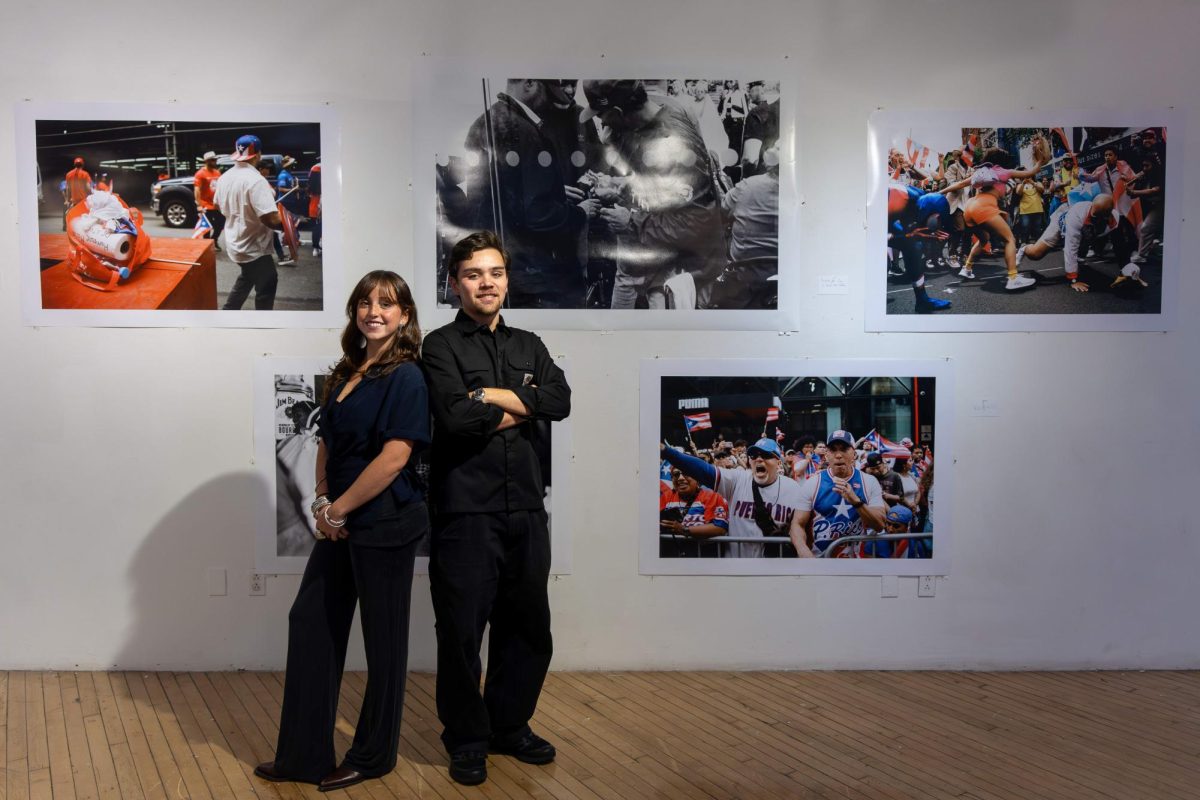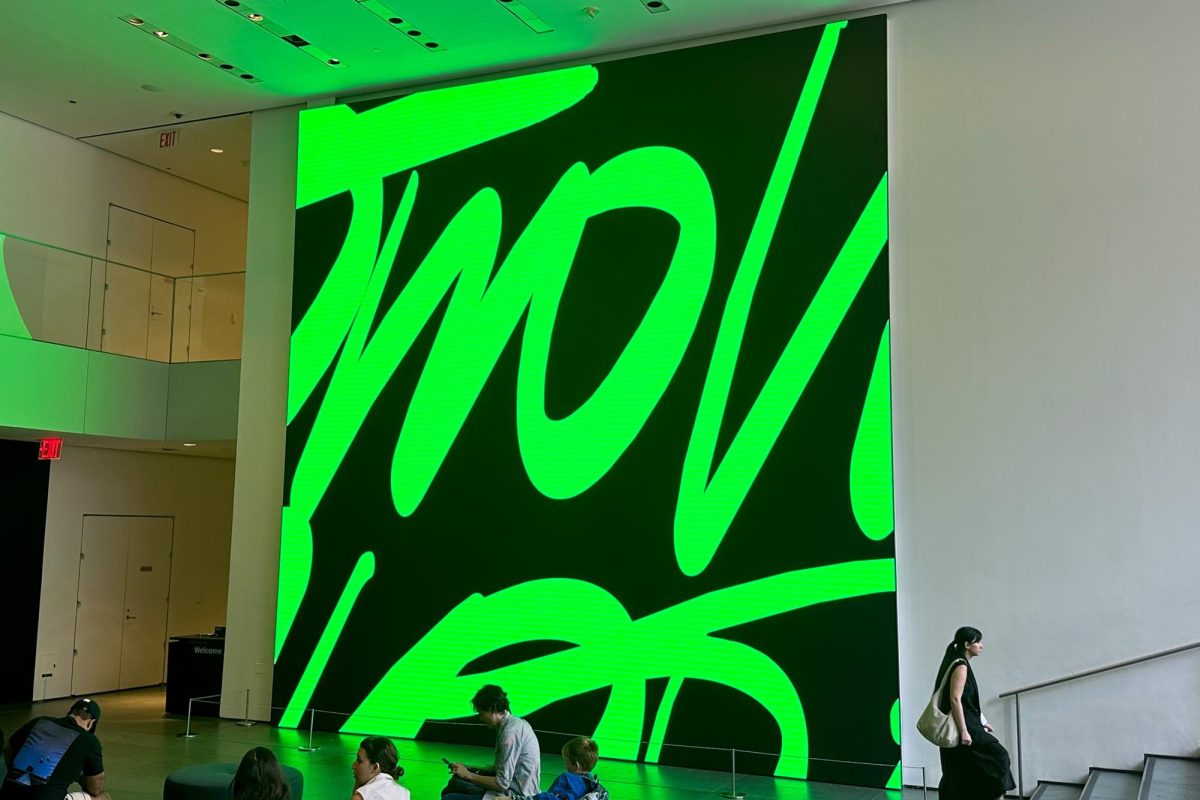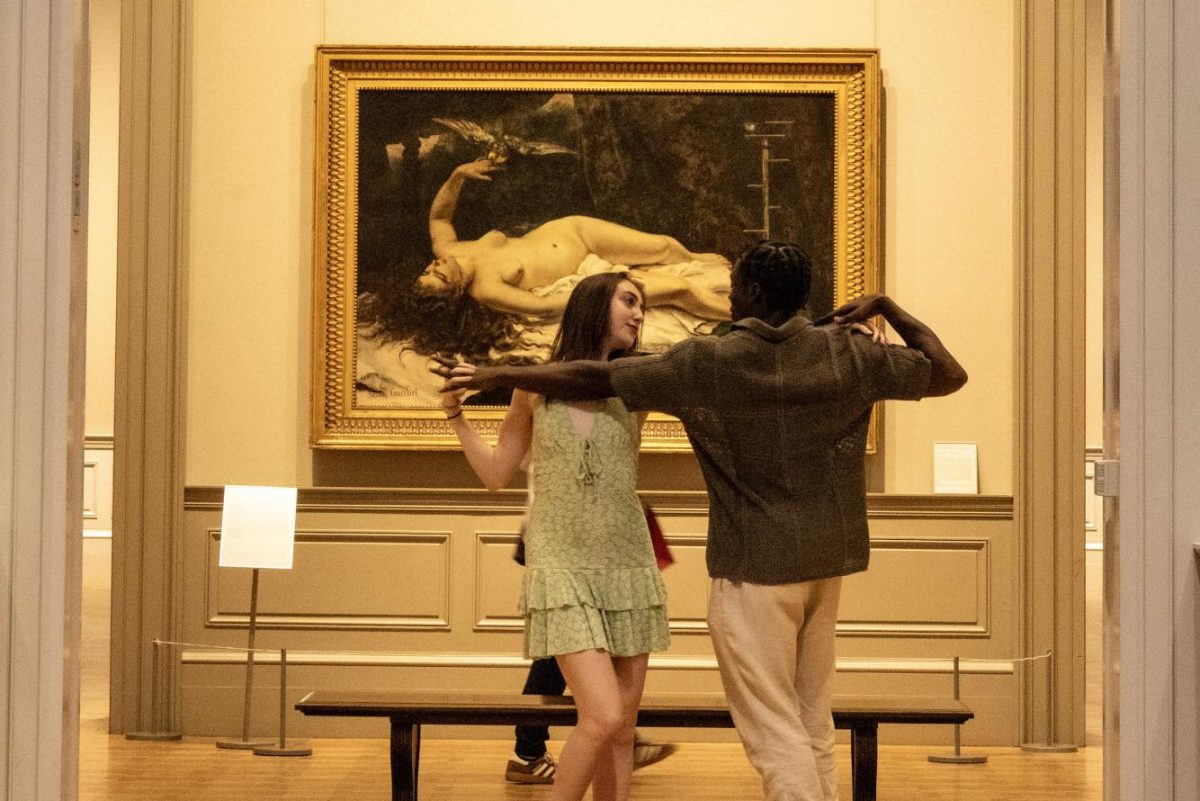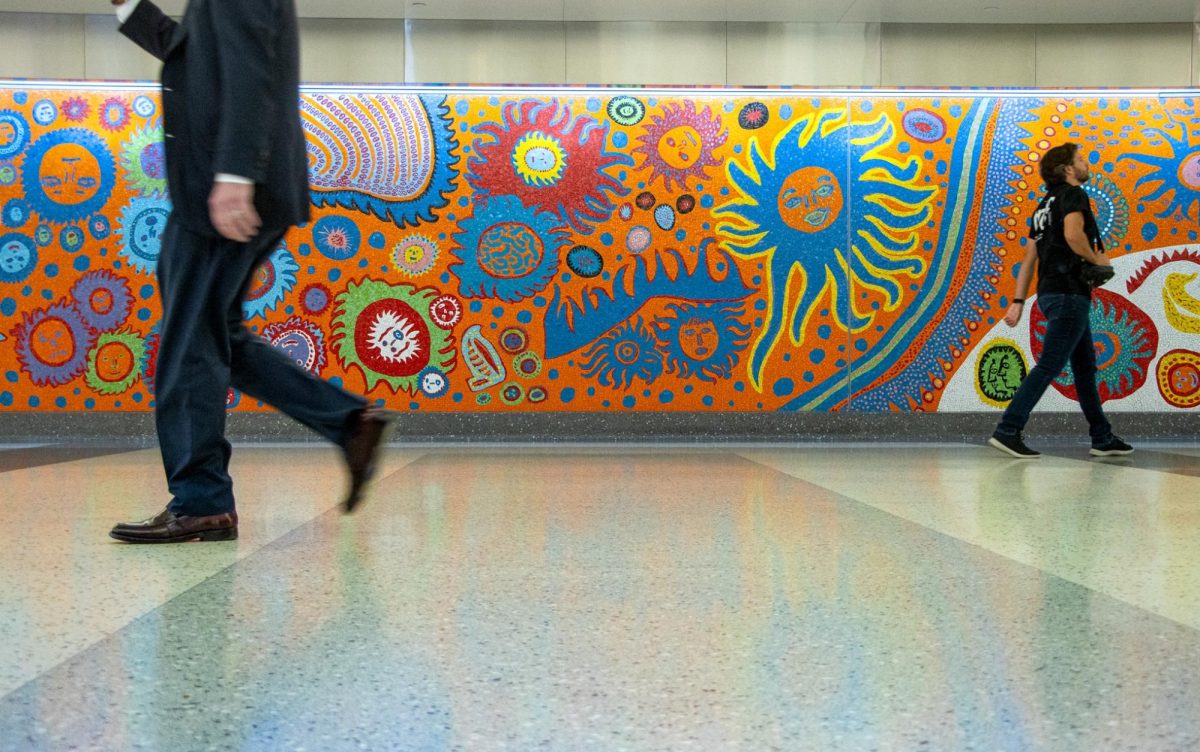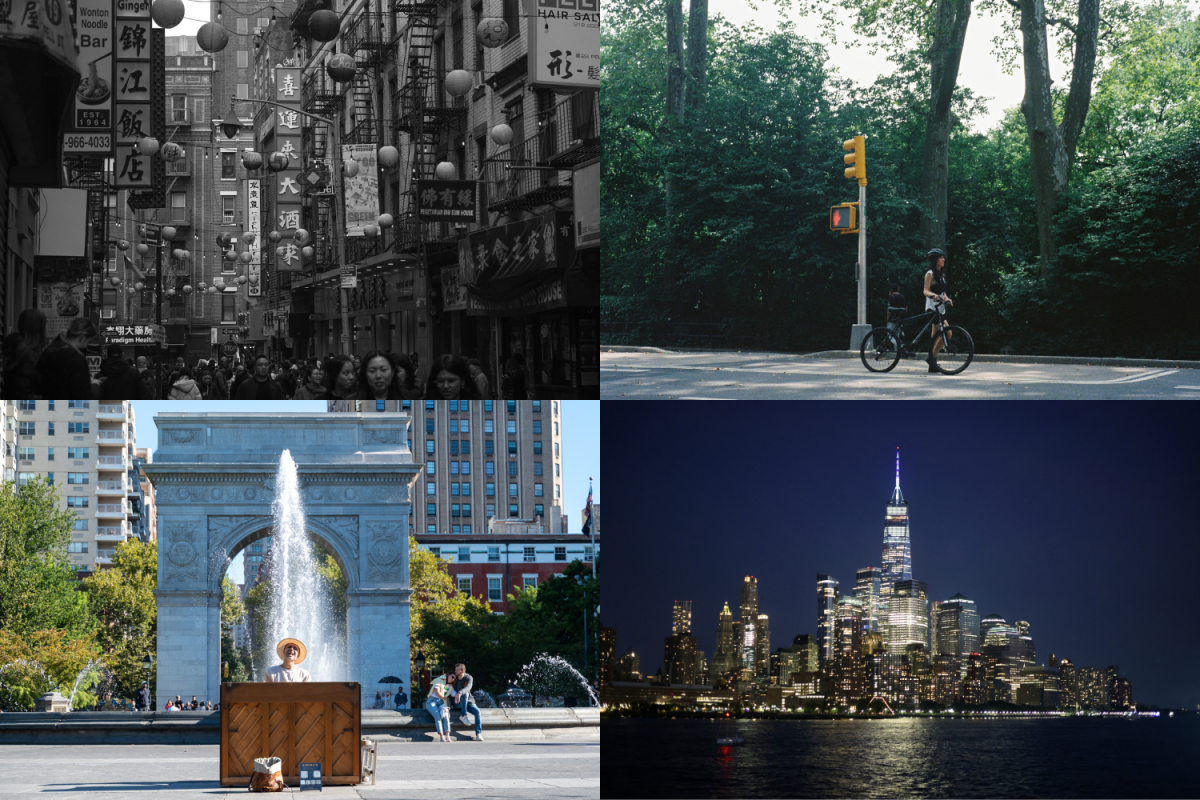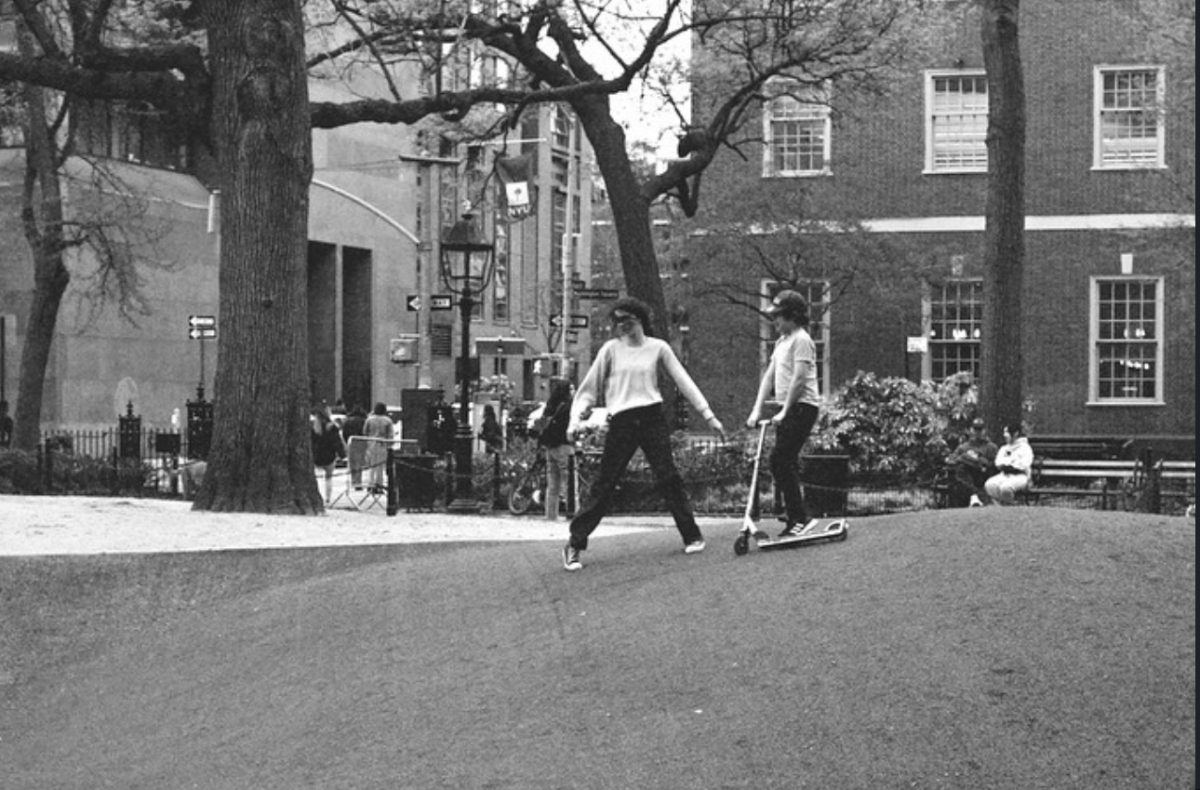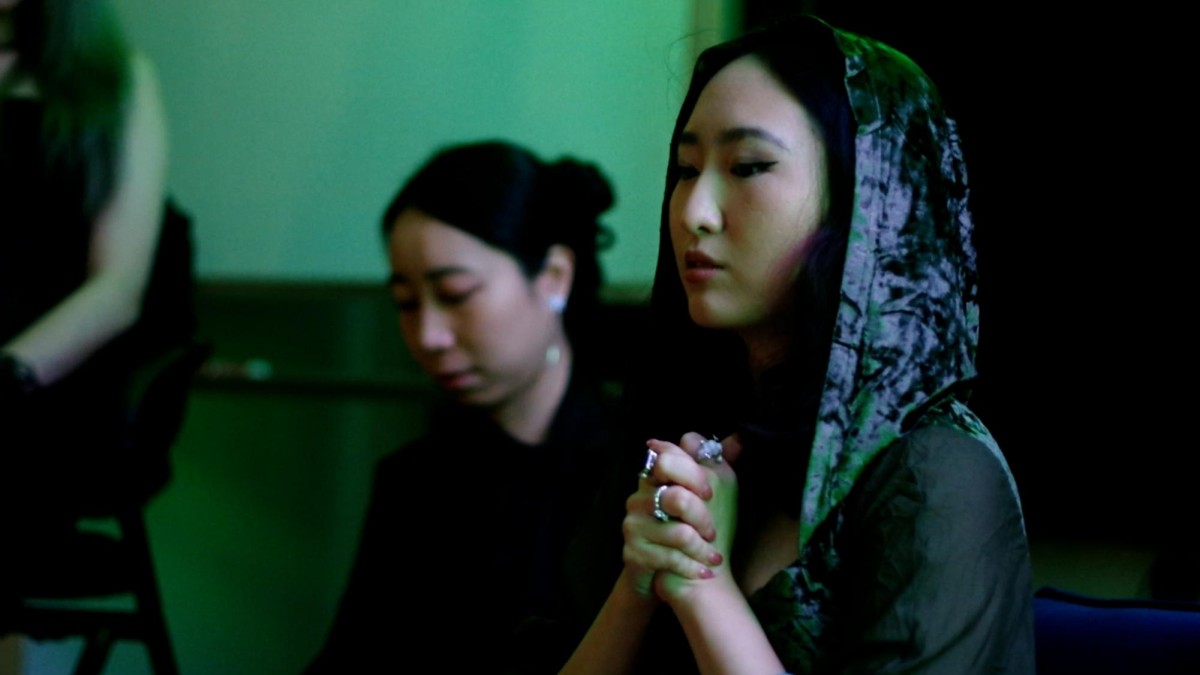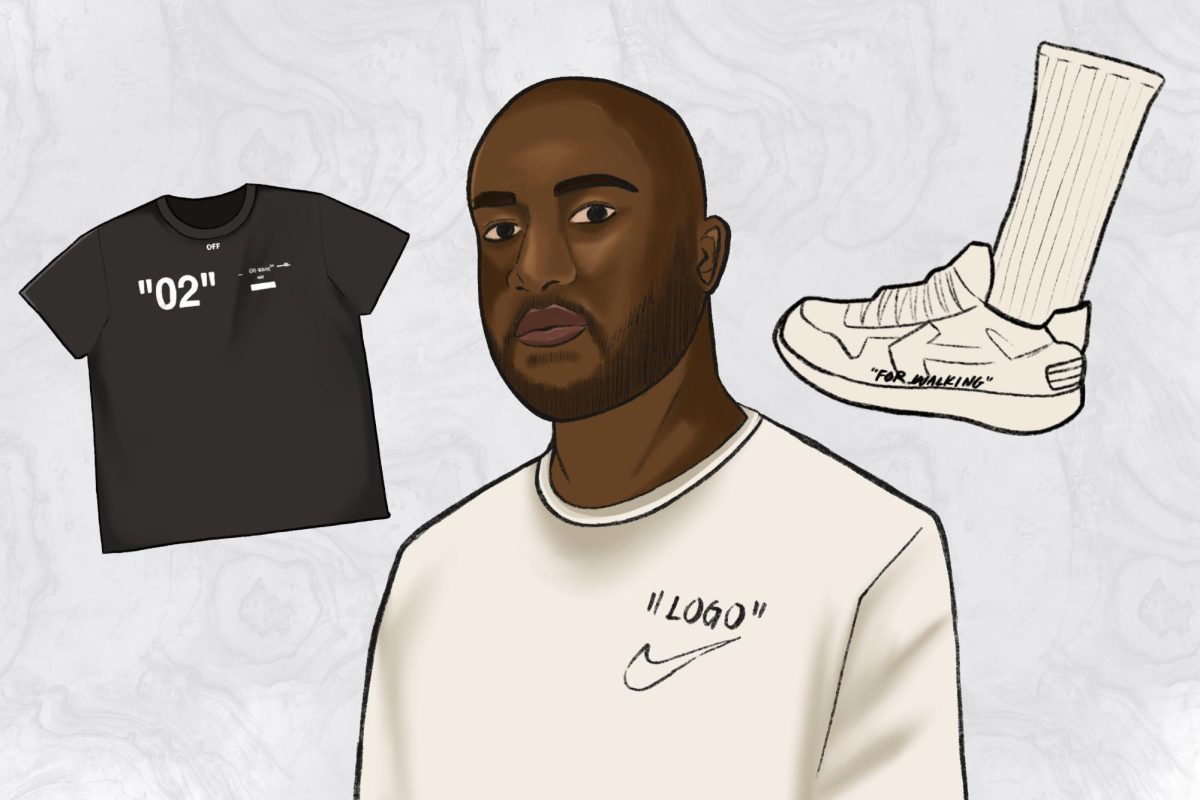For centuries, luxury fashion has carried a wealthy, exclusive and preppy connotation — long-established brands like Louis Vuitton, Chanel, Hermès and Cartier may come to mind. However, there’s another side to this lavish domain — a contemporary luxury wonderland that embraces oversized silhouettes, bold graphic tees and meticulously distressed sneakers. If you’ve walked through Washington Square Park, or any part of Manhattan recently, chances are you’ve seen these looks. Sure, these styles are effortlessly cool, but it’s all thanks to one of fashion’s most visionary designers of the 21st century: Virgil Abloh.
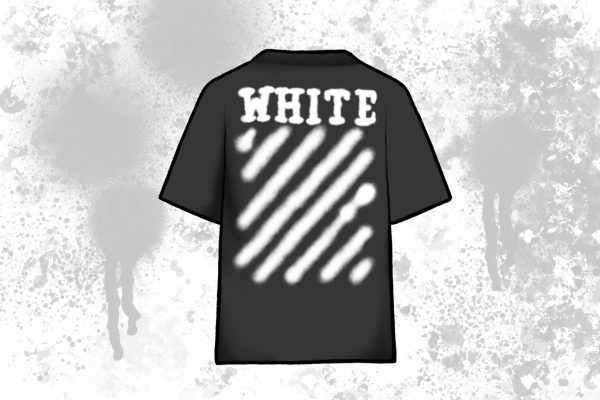
Born in Rockford, Illinois, Abloh — who passed away in 2021 from a rare cancerous tumor — was a fashion designer, cultural icon and the founder of Off-White, a creative luxury clothing brand that blends streetwear and high fashion. Also known for being the first Black artistic director of Louis Vuitton’s menswear, Abloh redefined what luxury fashion could look like through his brand and who could wear it by pushing the traditional boundaries of race and class in the fashion world. Beyond fashion, he was a multitalented creator who involved himself in music, architecture and the fine arts.
“Art is made in hindsight,” Abloh told Billboard in 2016.
It was a shock to friends and fans alike when he suddenly passed away after privately fighting a two-year battle with cardiac angiosarcoma. Abloh was just 41 years old, and his death left a gaping hole in the fashion world. Still, his influence remains palpable, especially in New York City.
After completing his undergraduate studies in civil engineering at the University of Wisconsin–Madison, Abloh earned a master’s degree in architecture from the Illinois Institute of Technology. Shortly after, he secured an internship at Fendi in Rome alongside longtime friend and collaborator Ye, the rapper formerly known as Kanye West. The two quickly formed a creative powerhouse, defining the early aesthetics of Yeezy and challenging the limits of fashion. Their early work aimed to blur the line between streetwear and high fashion, setting the stage for Abloh’s personal brand, Off-White.
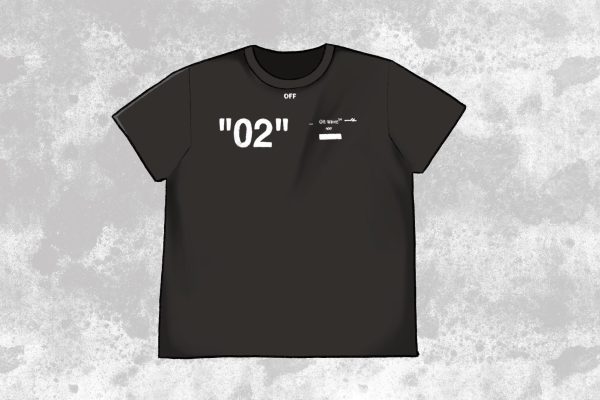
Fast forward a few years and Abloh’s impact on the New York City streetwear scene was everywhere. Off-White had taken off, and understandably so. Off-White was more than a label — it was a movement. The brand, inspired by the “gray area between black and white,” combined art, luxury and streetwear in a way that felt both innovative and accessible. Soon, Off-White’s distinct quotation marks and diagonally bolded stripes became ubiquitous symbols of style in New York City. Zip-tie tags from his collaborations with Nike turned sneakers into priceless works of art, while partnerships with brands like IKEA and even Mercedes-Benz highlighted his imaginative creative vision.
Abloh’s touch extended far beyond the physical products he launched. His work shaped how artists, musicians and designers approached their work too. Celebrities like Pharrell Williams and Rihanna embraced his designs, while emerging designers saw him as proof that the industry could evolve. His work challenged the traditional luxury hierarchy, proving that streetwear deserved a place on the runway and that a Black designer could lead one of the world’s most prestigious fashion houses.
Abloh found inspiration in mixing new perspectives and cultures. He gave luxury a fresh edge by incorporating elements of skate culture, hip-hop and the city environments he grew up in. At the core of Abloh’s legacy was his commitment to fostering more diversity and inclusion within the industry, using his work as a means of tackling social issues. To support those struggling to afford healthcare, he created capsule collections that donated all their proceeds to organizations such as Planned Parenthood, the American Red Cross and the British Lung Foundation. In 2018, he fostered a movement to fight rare cancers, collaborating with Equinox to raise funds through their program “Cycle for Survival.” Championing Black representation, he founded the LVMH Black Database in 2020 to create more representation for Black talent at the renowned fashion conglomerate. In that same year, he also established the Virgil Abloh “Post-Modern” Scholarship Fund to support aspiring Black designers like himself.
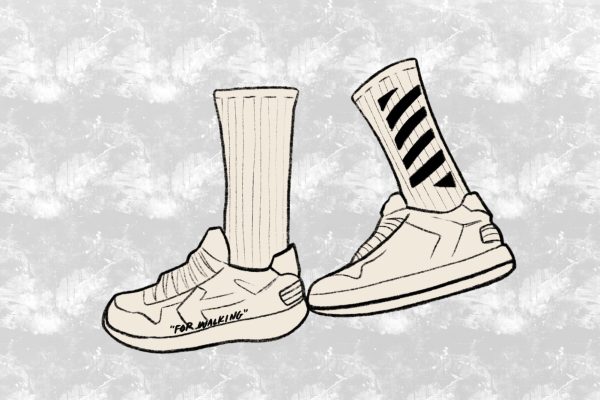
Abloh’s legacy lives on. Even young Gen Zers who may not know Abloh’s legacy find themselves dressing in ways that echo his influence on New York City street style and sneaker culture. On campus, students layer graphic hoodies with structured blazers, wear statement sneakers with bold embellishments and lean heavily into the high-low fashion Abloh celebrated. With every carefully layered fit or pair of Off-White sneakers, his blending of culture and couture continues to thrive.
From SoHo boutiques to the sidewalks of Washington Square Park, the city is proof that art truly is made, or rather appreciated, in hindsight.
Contact Ella Kwon at [email protected].




